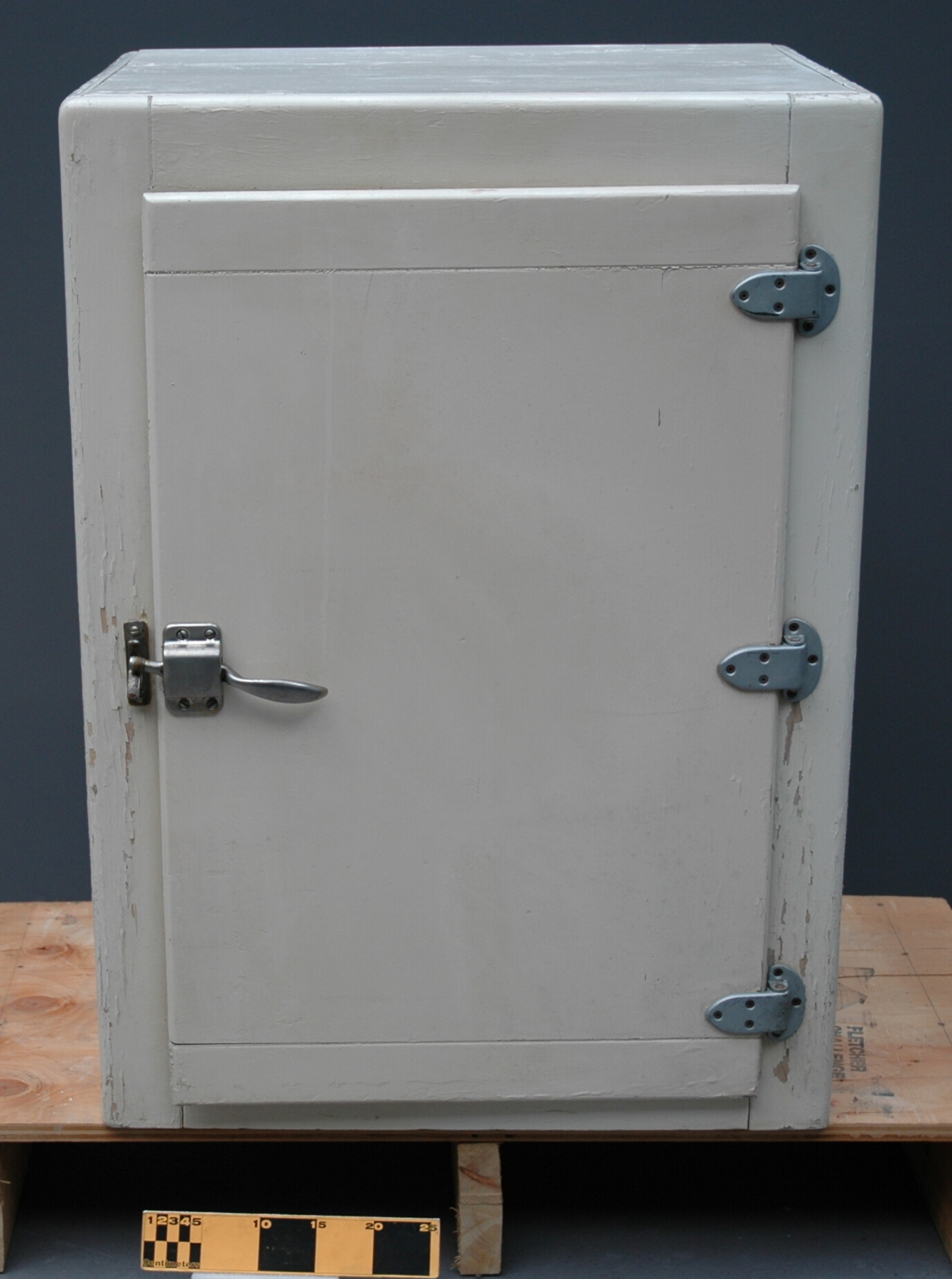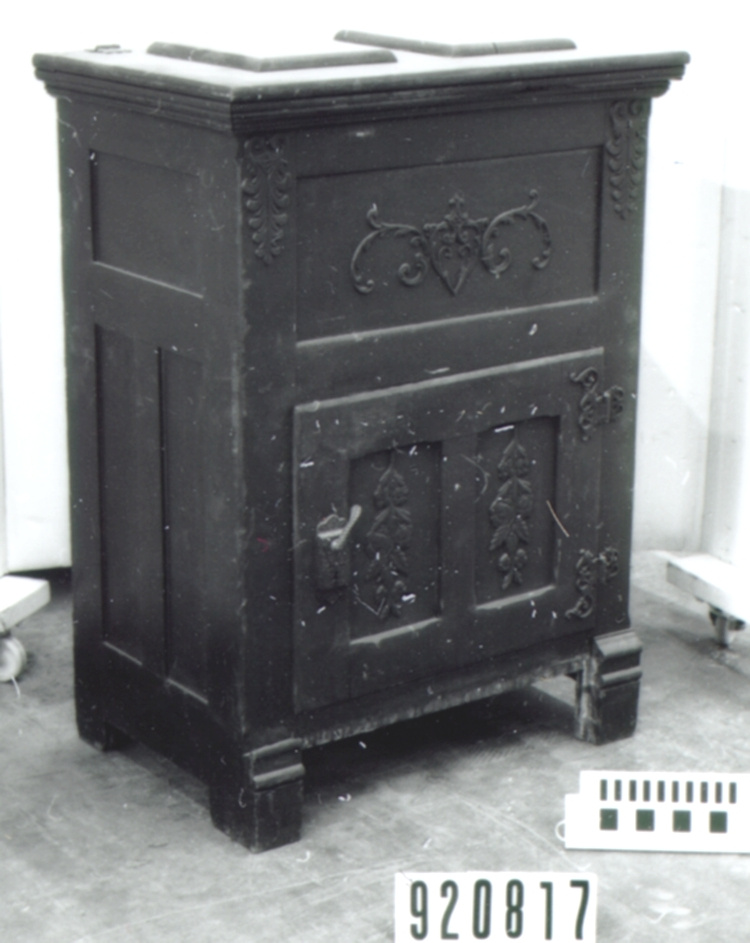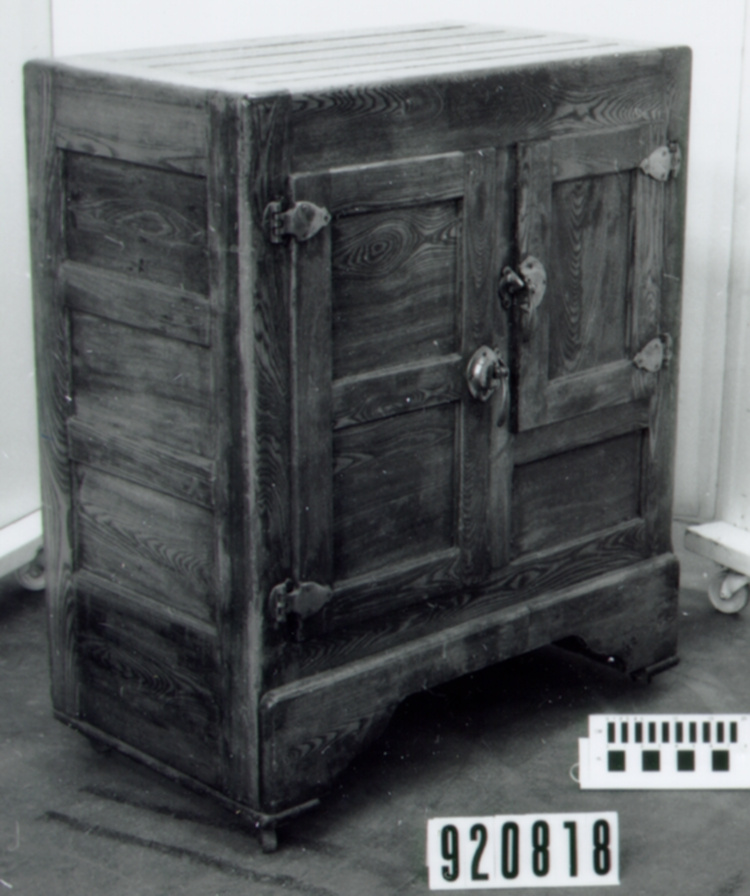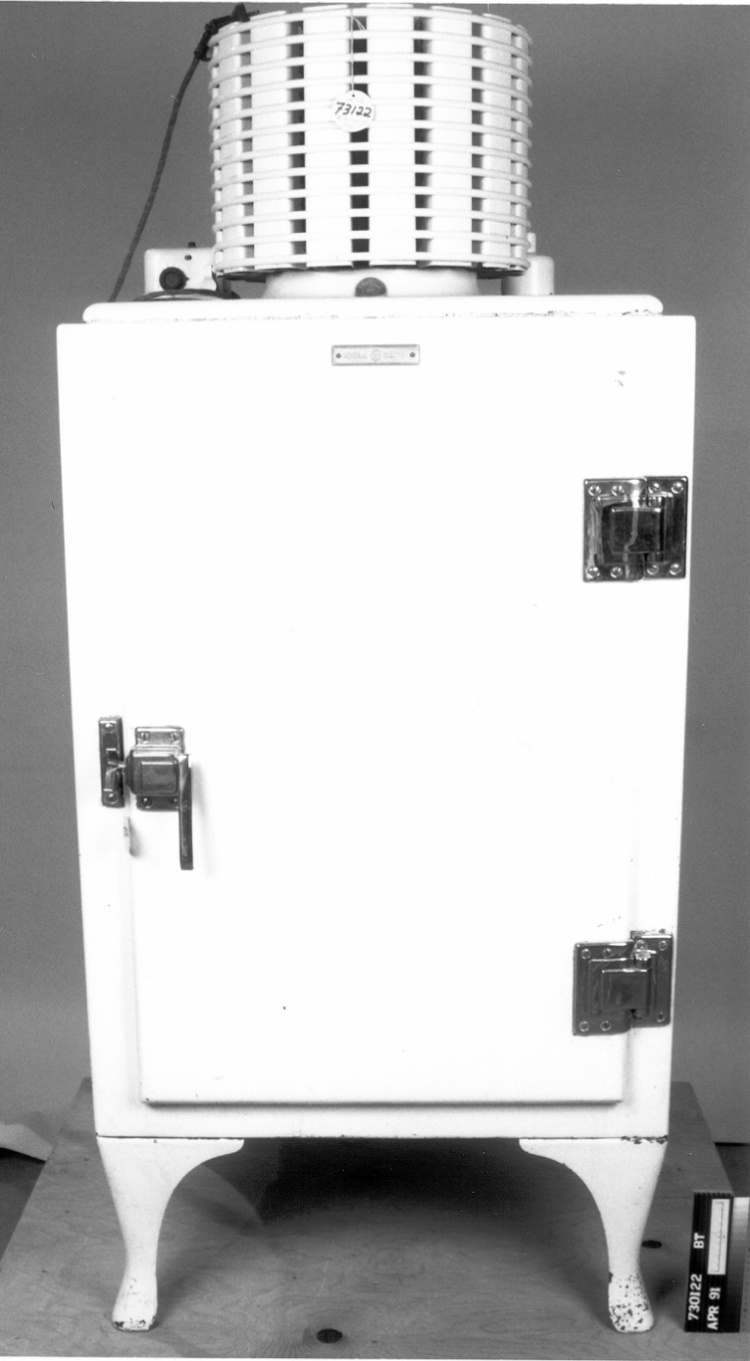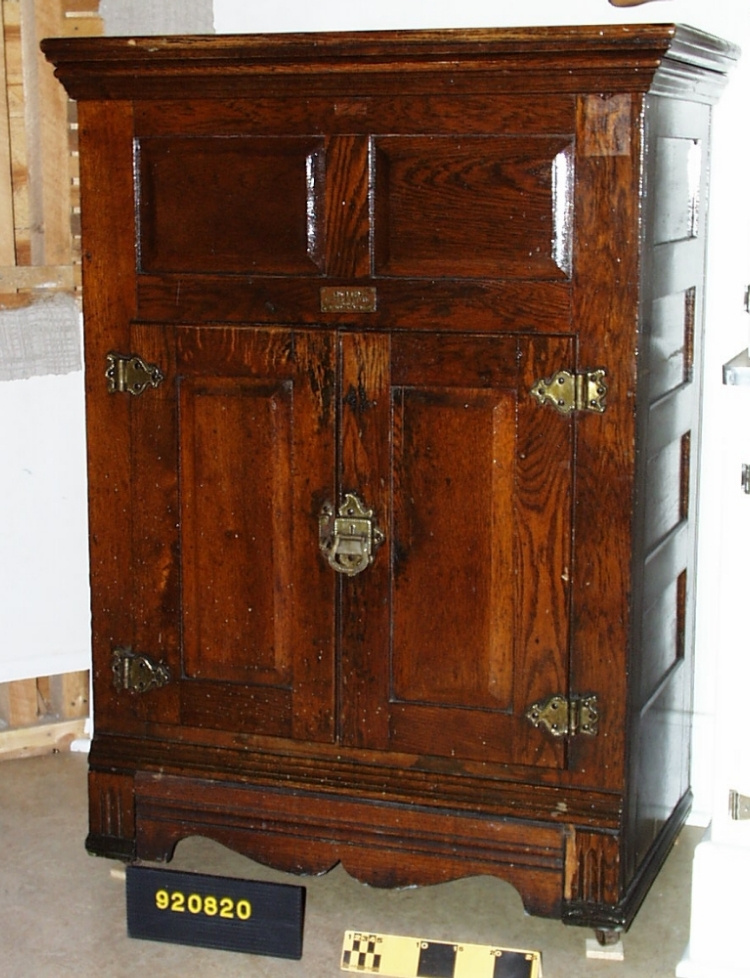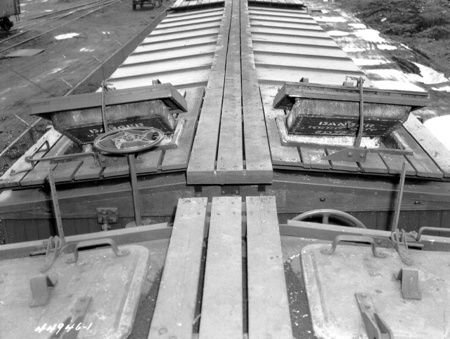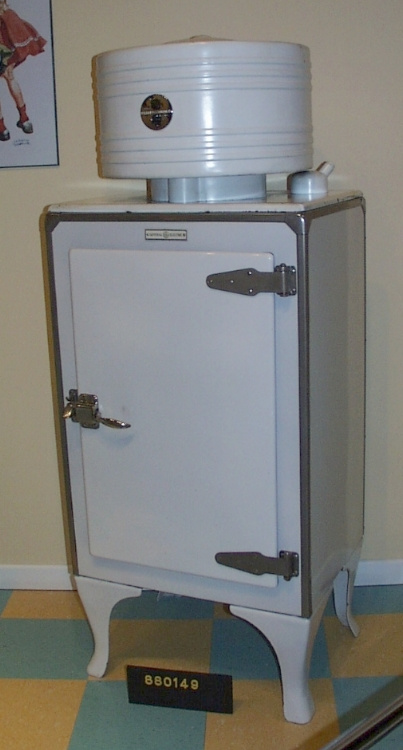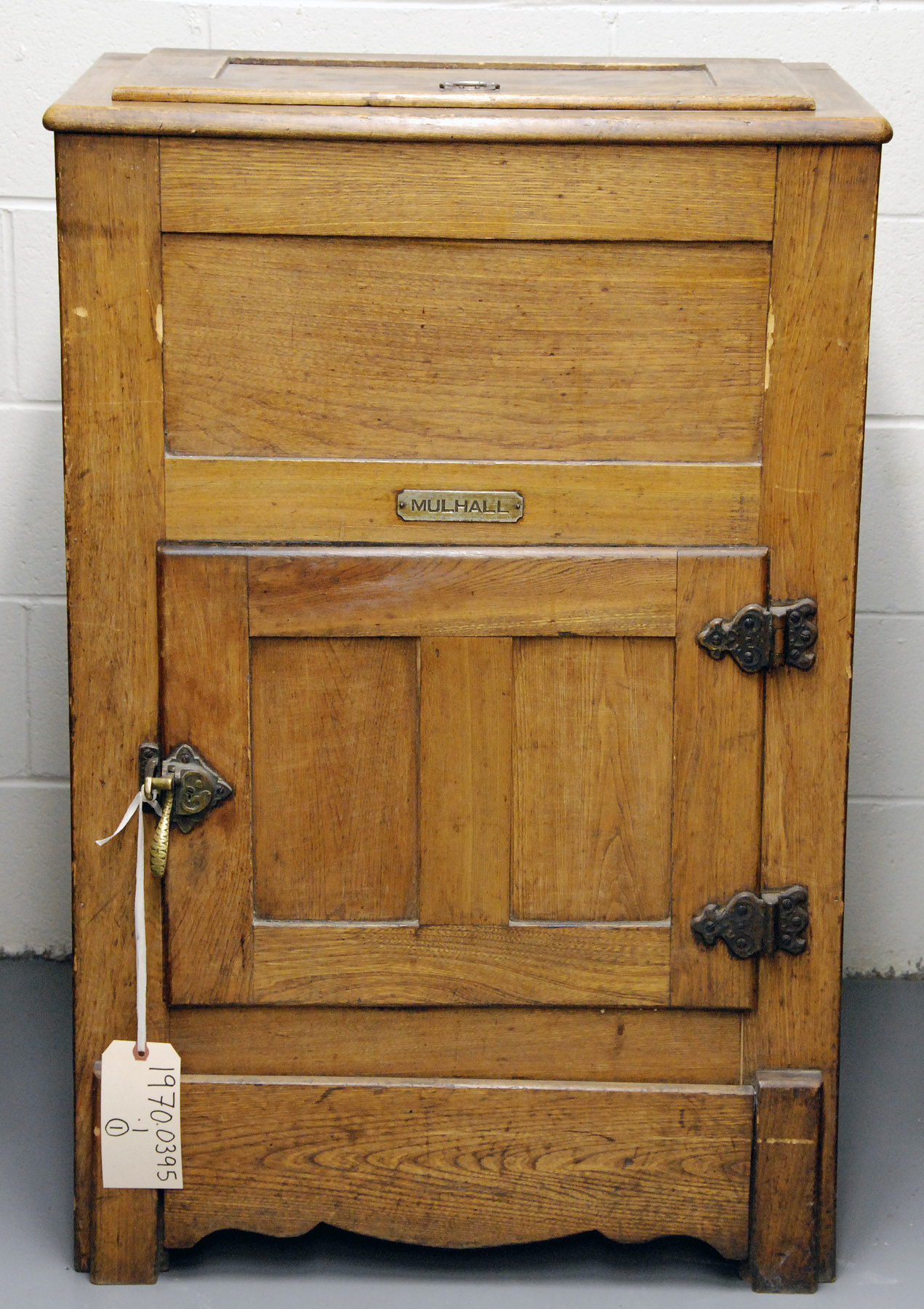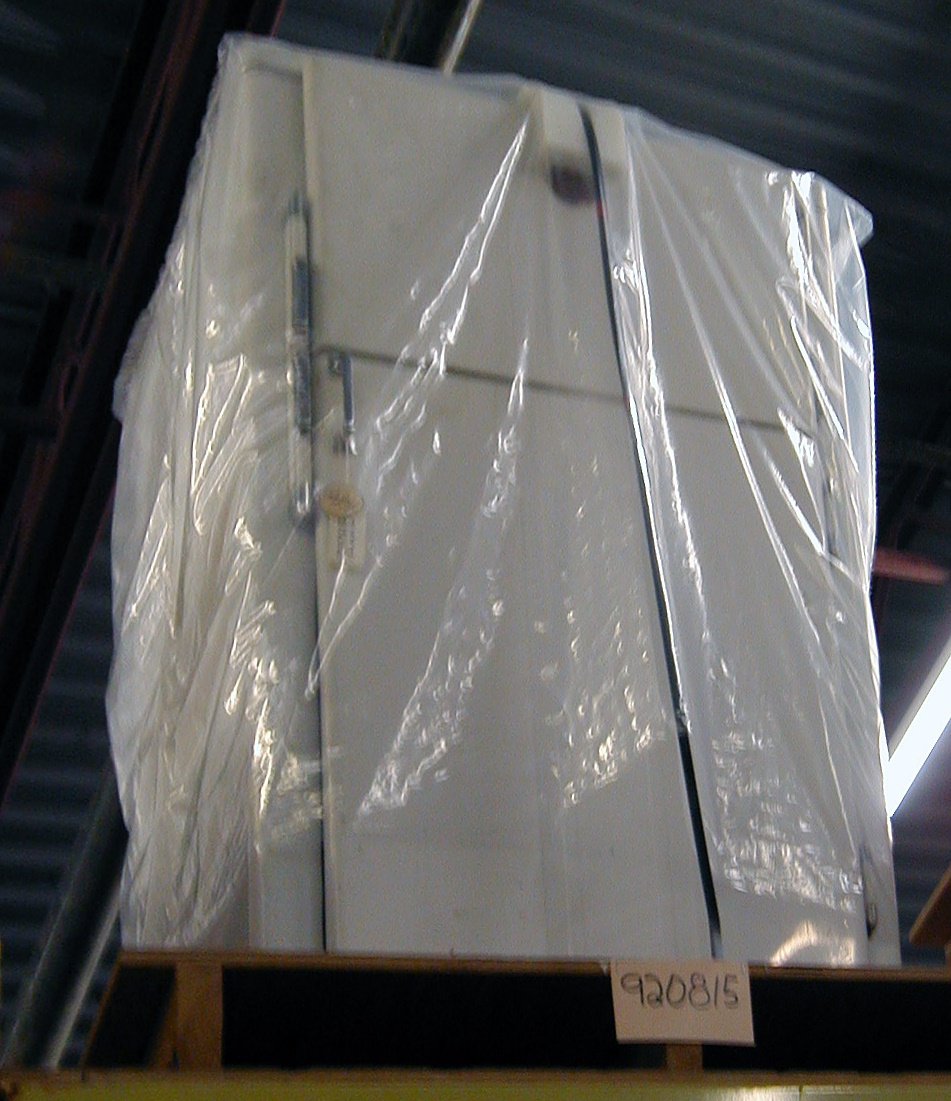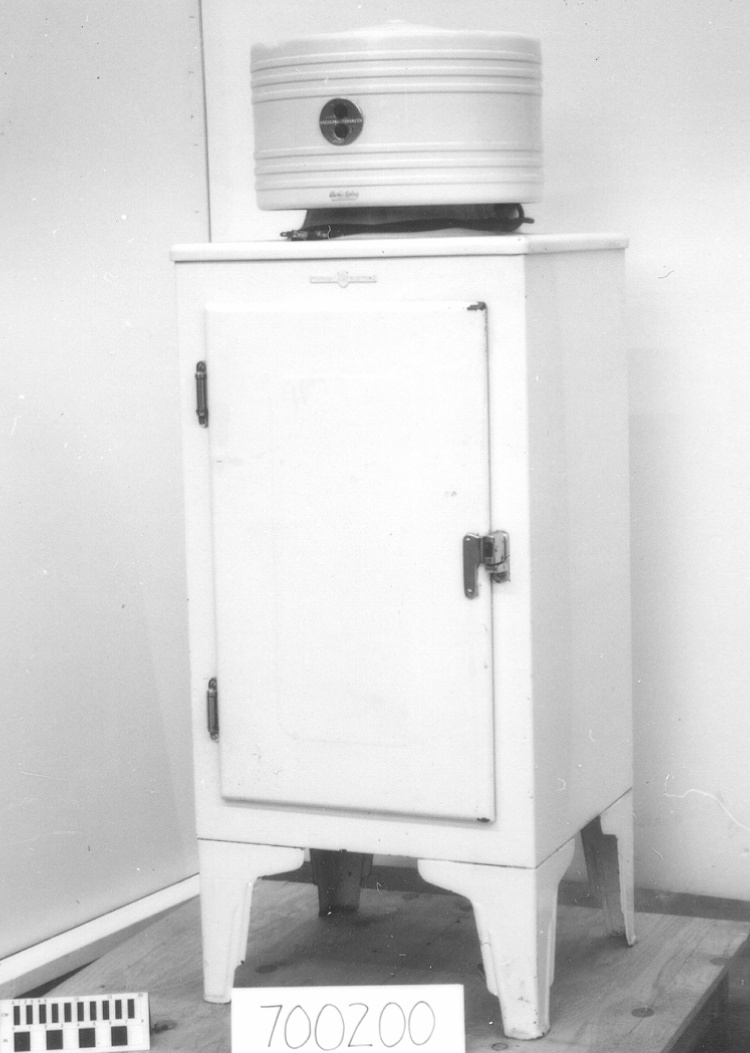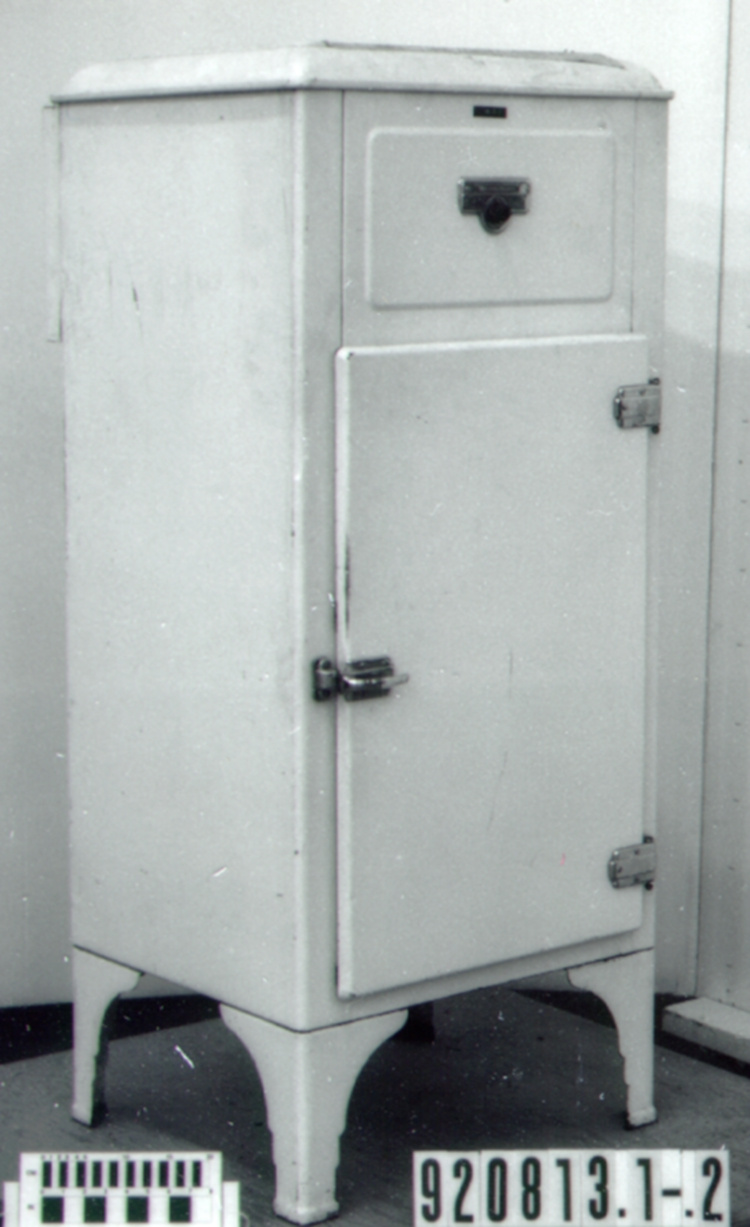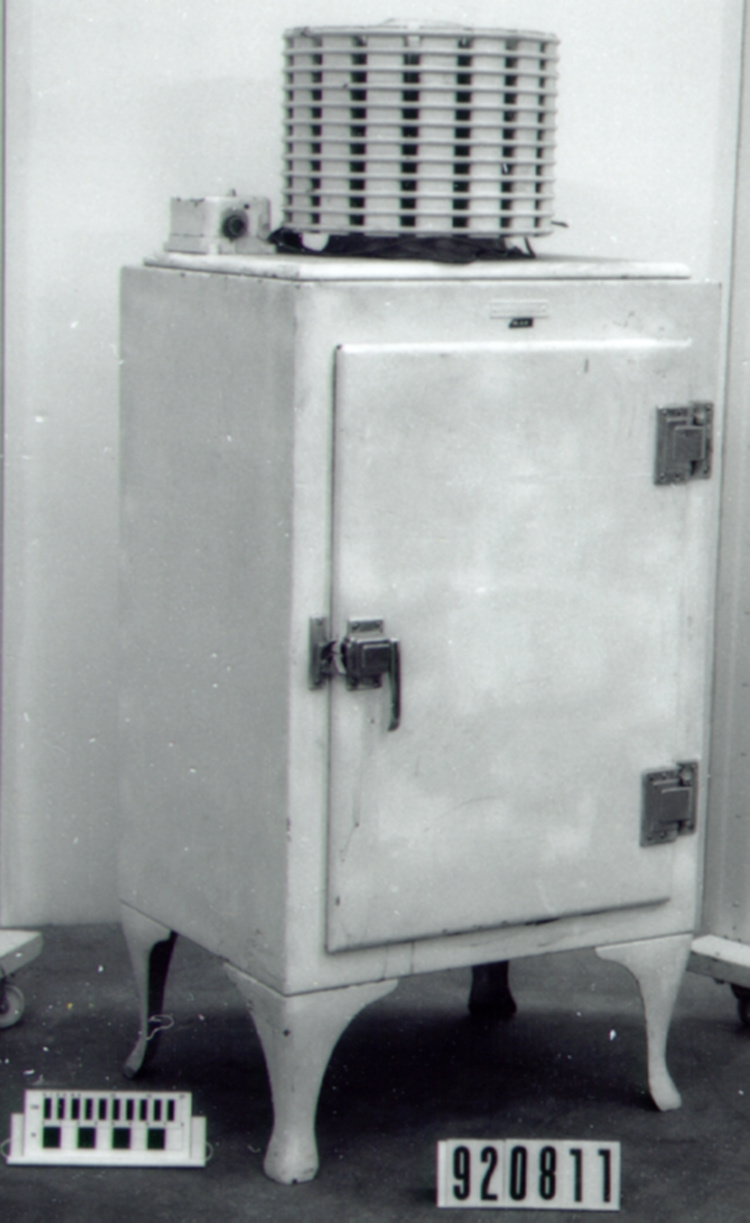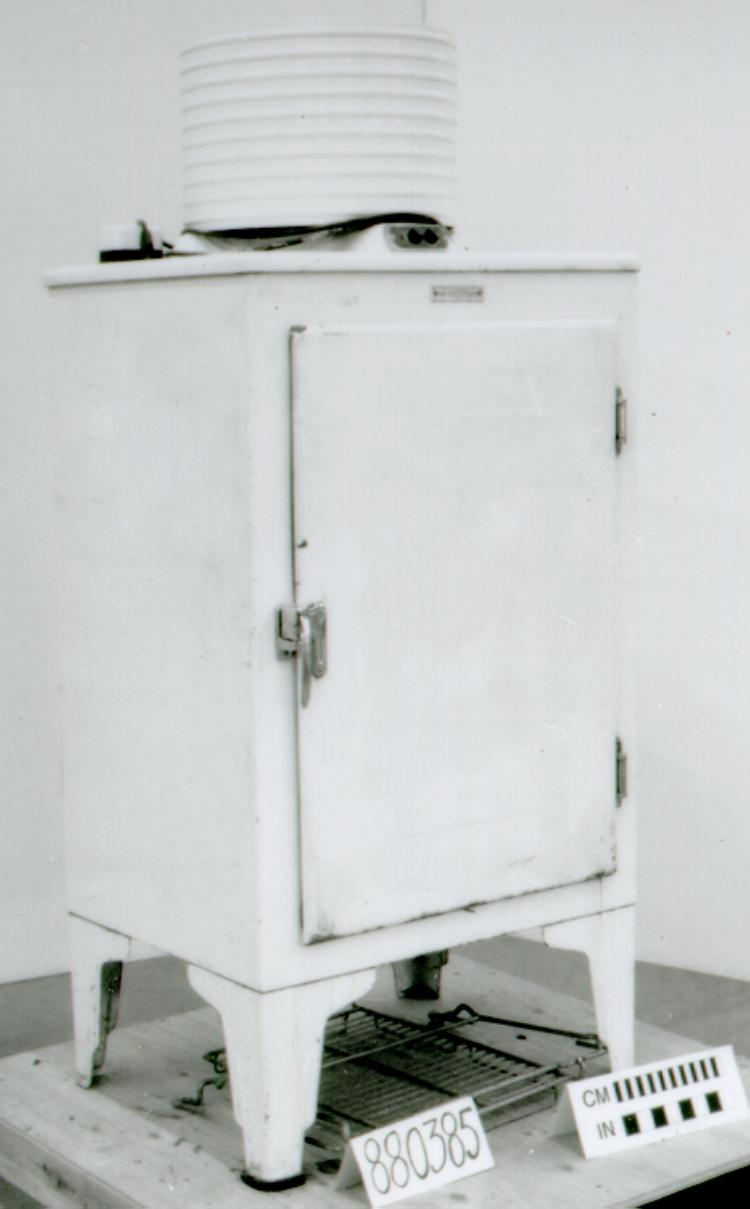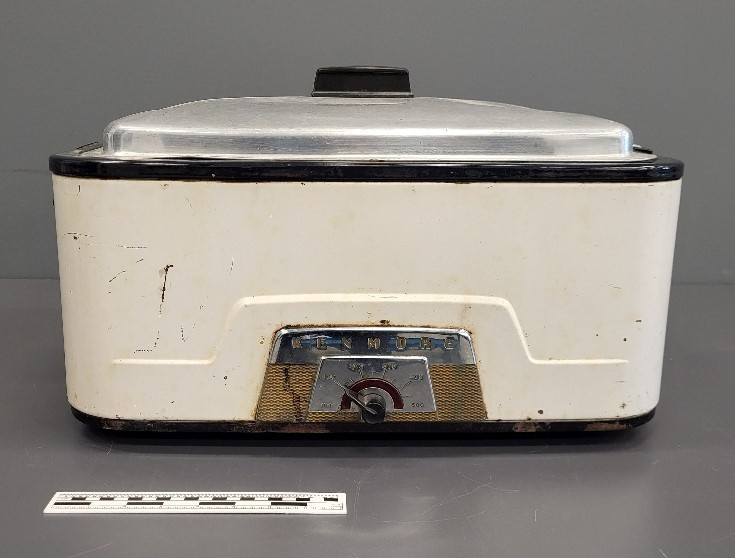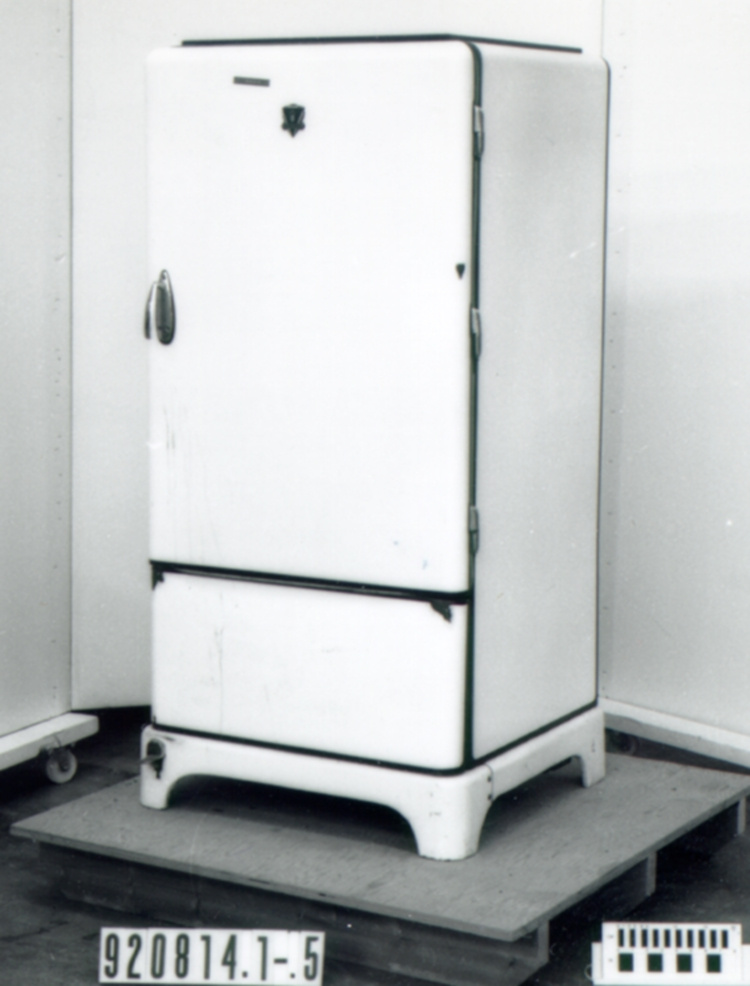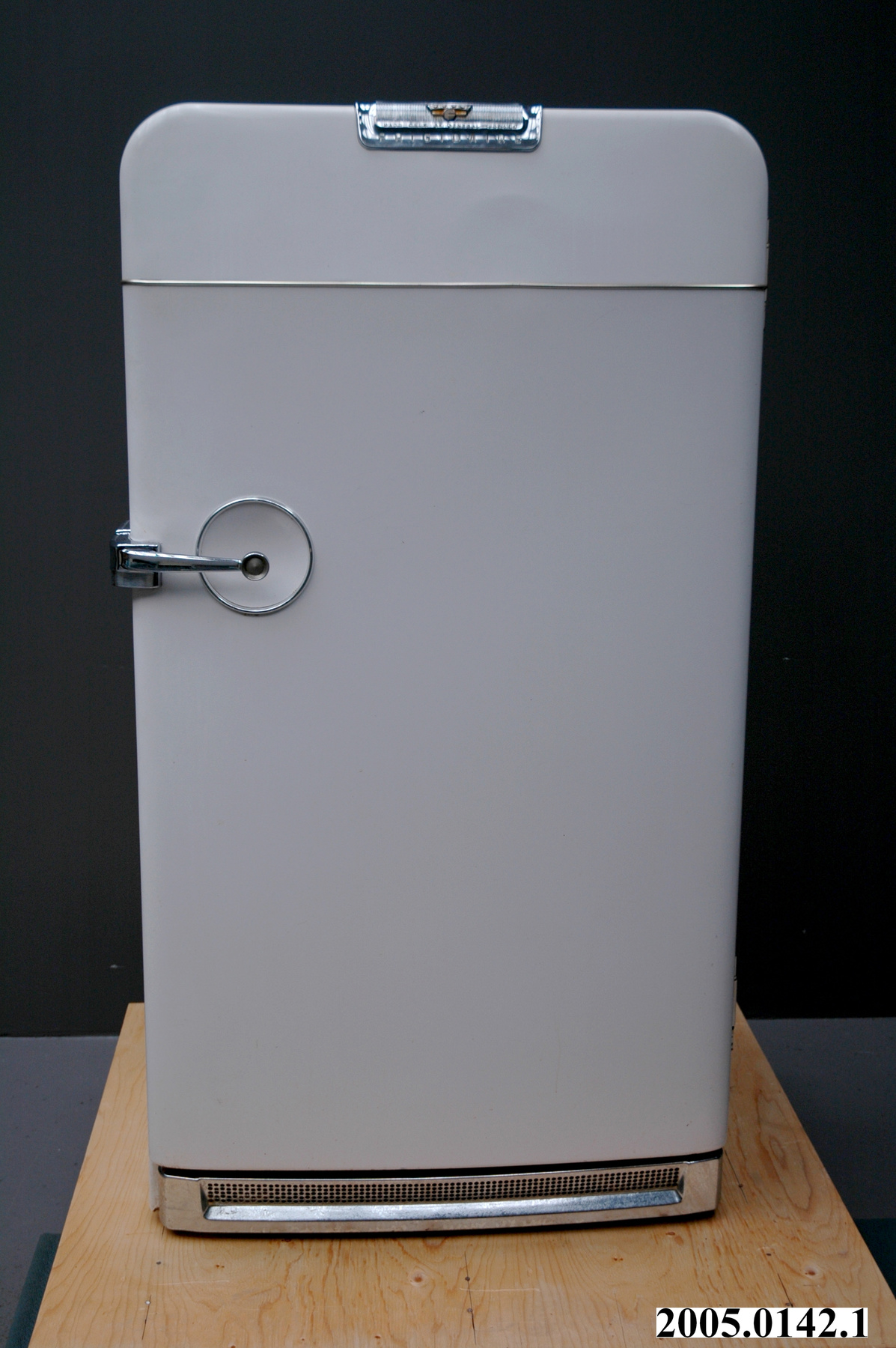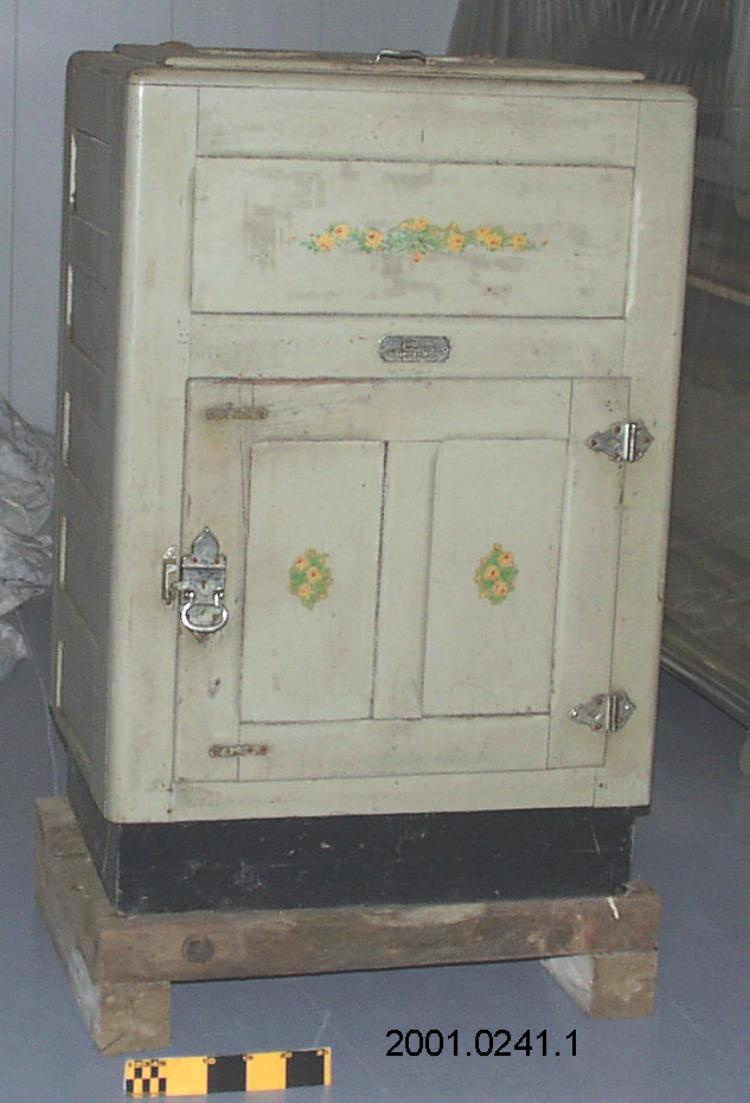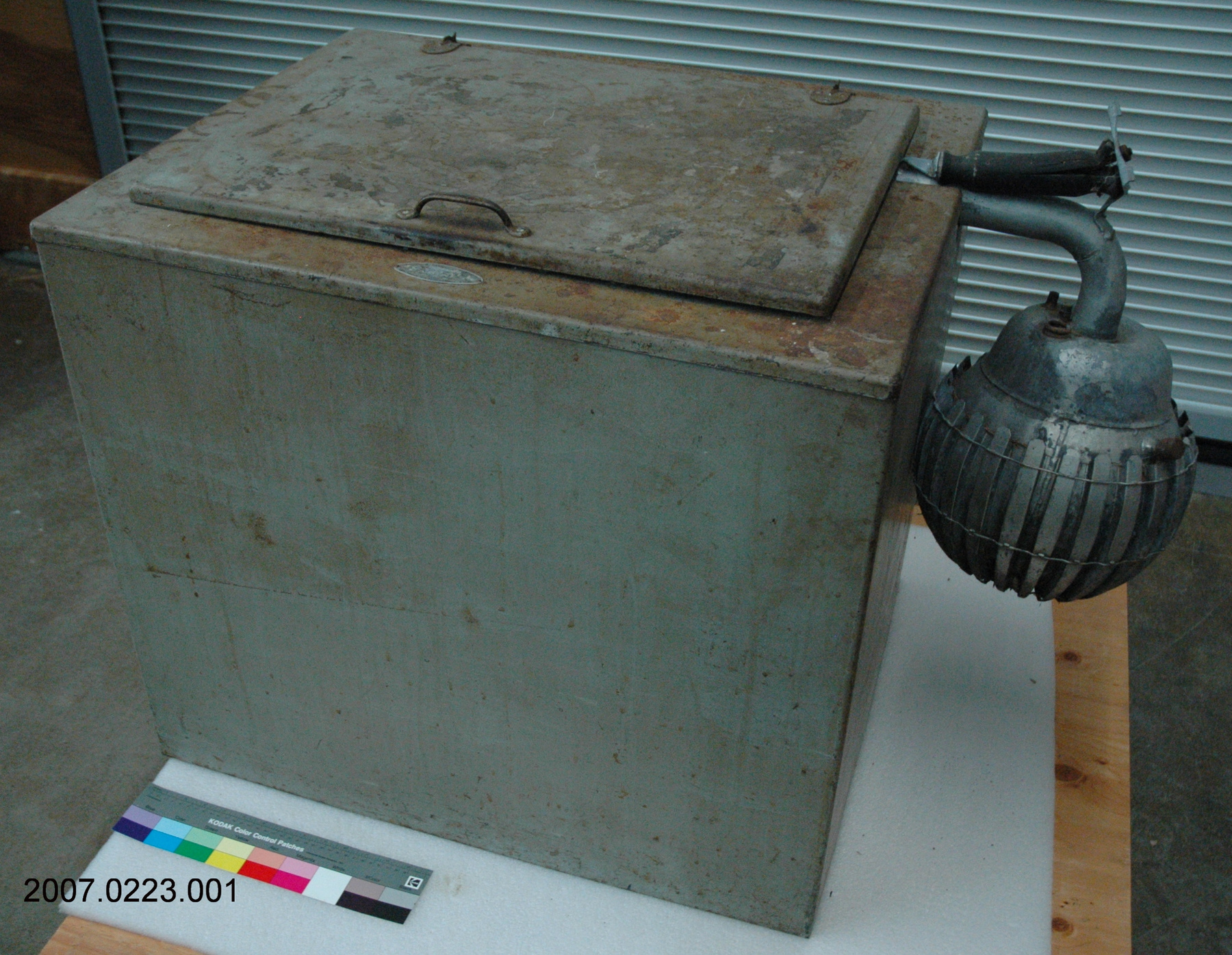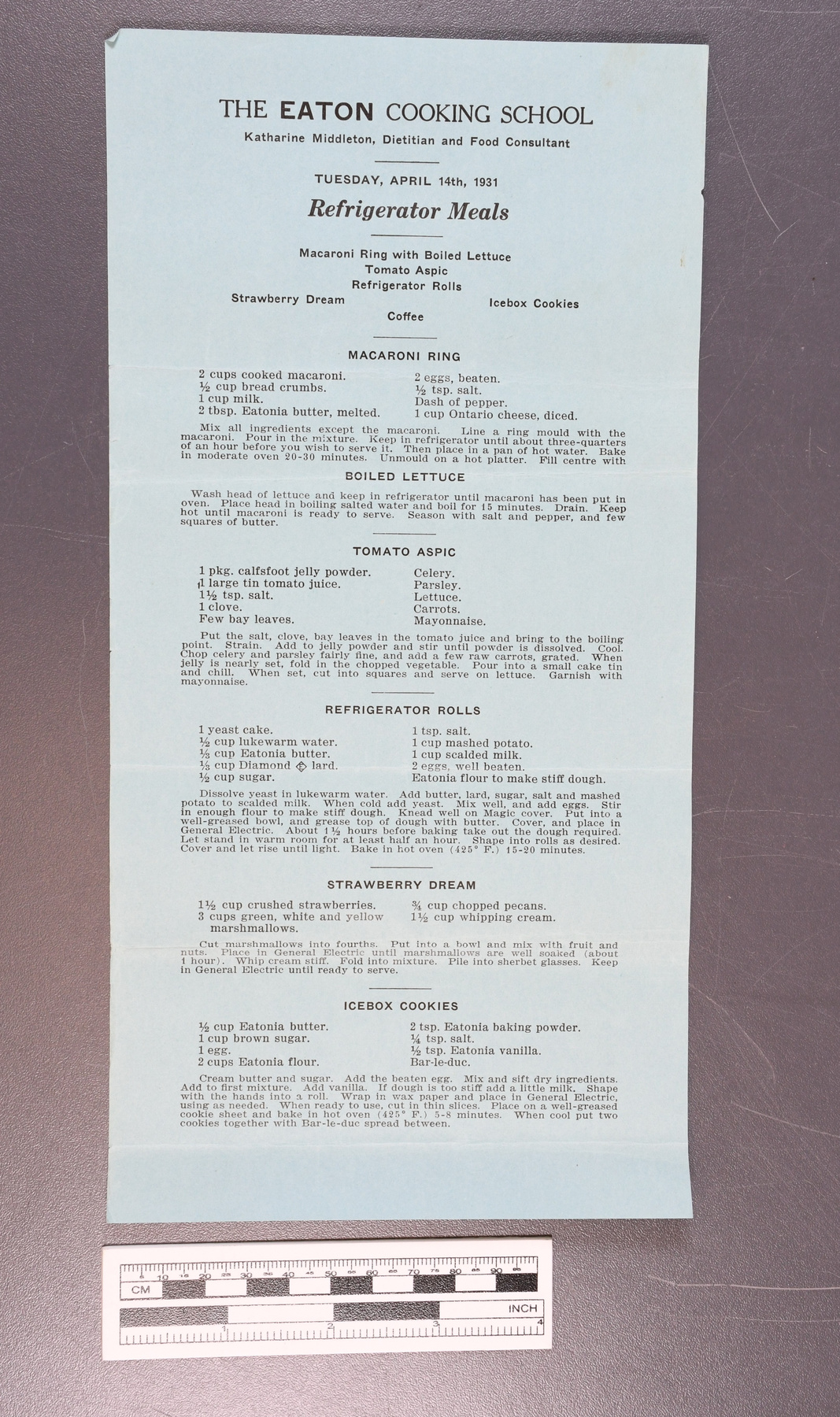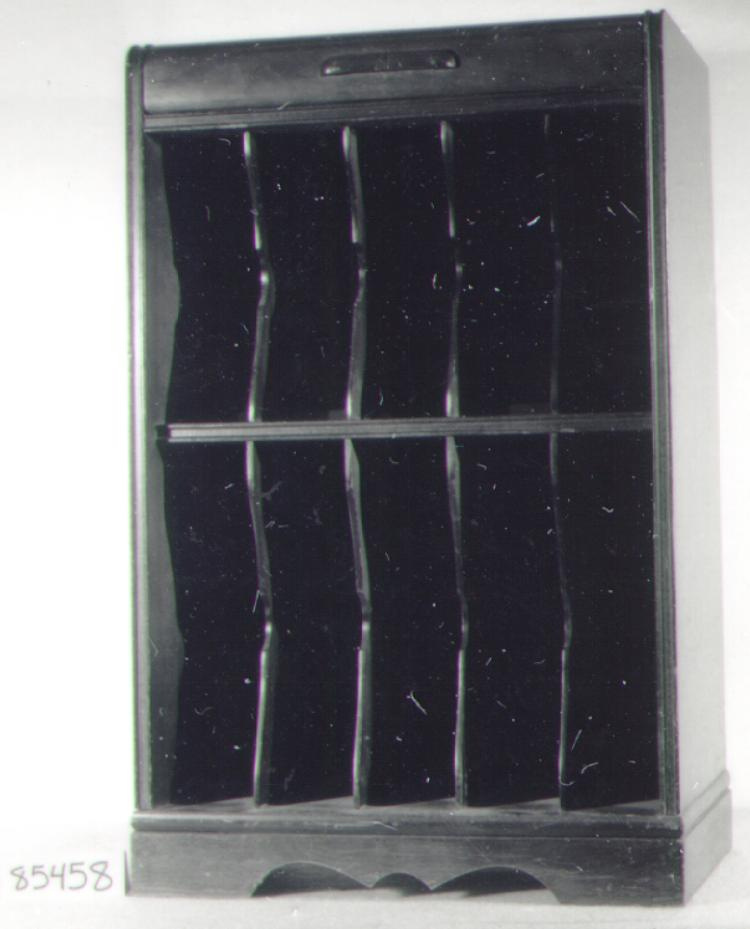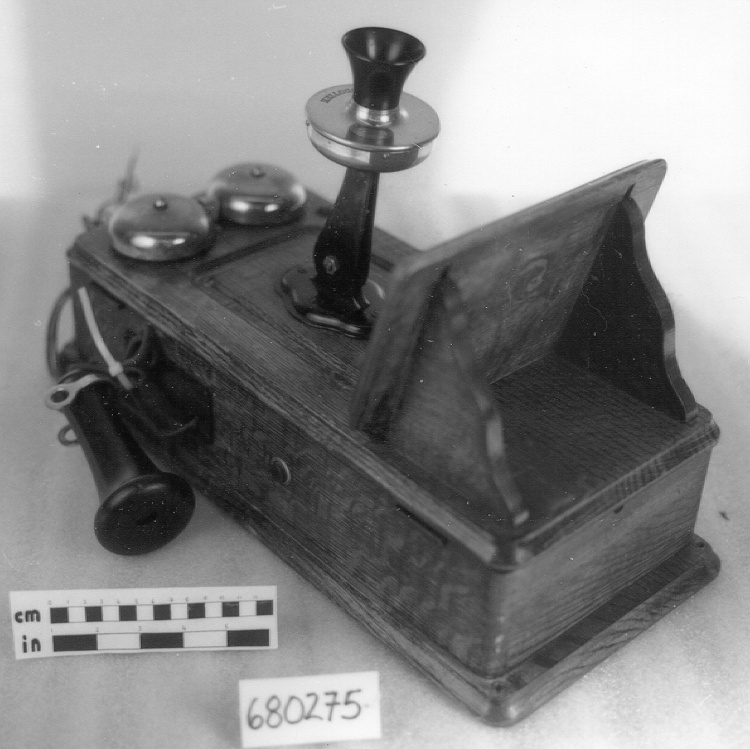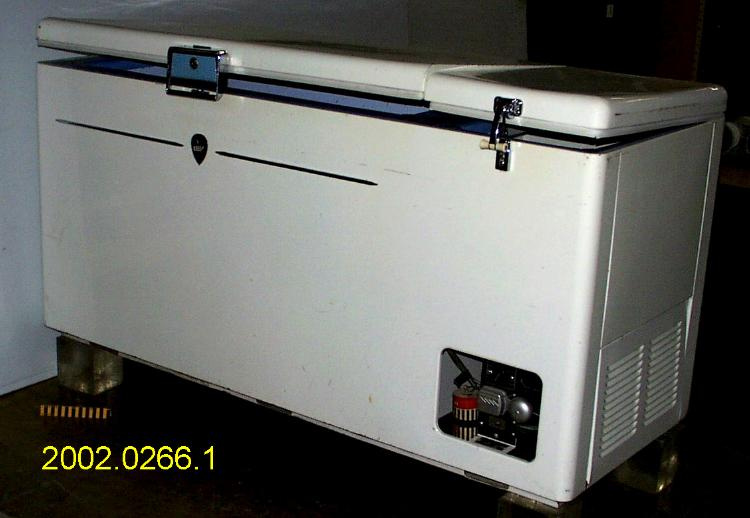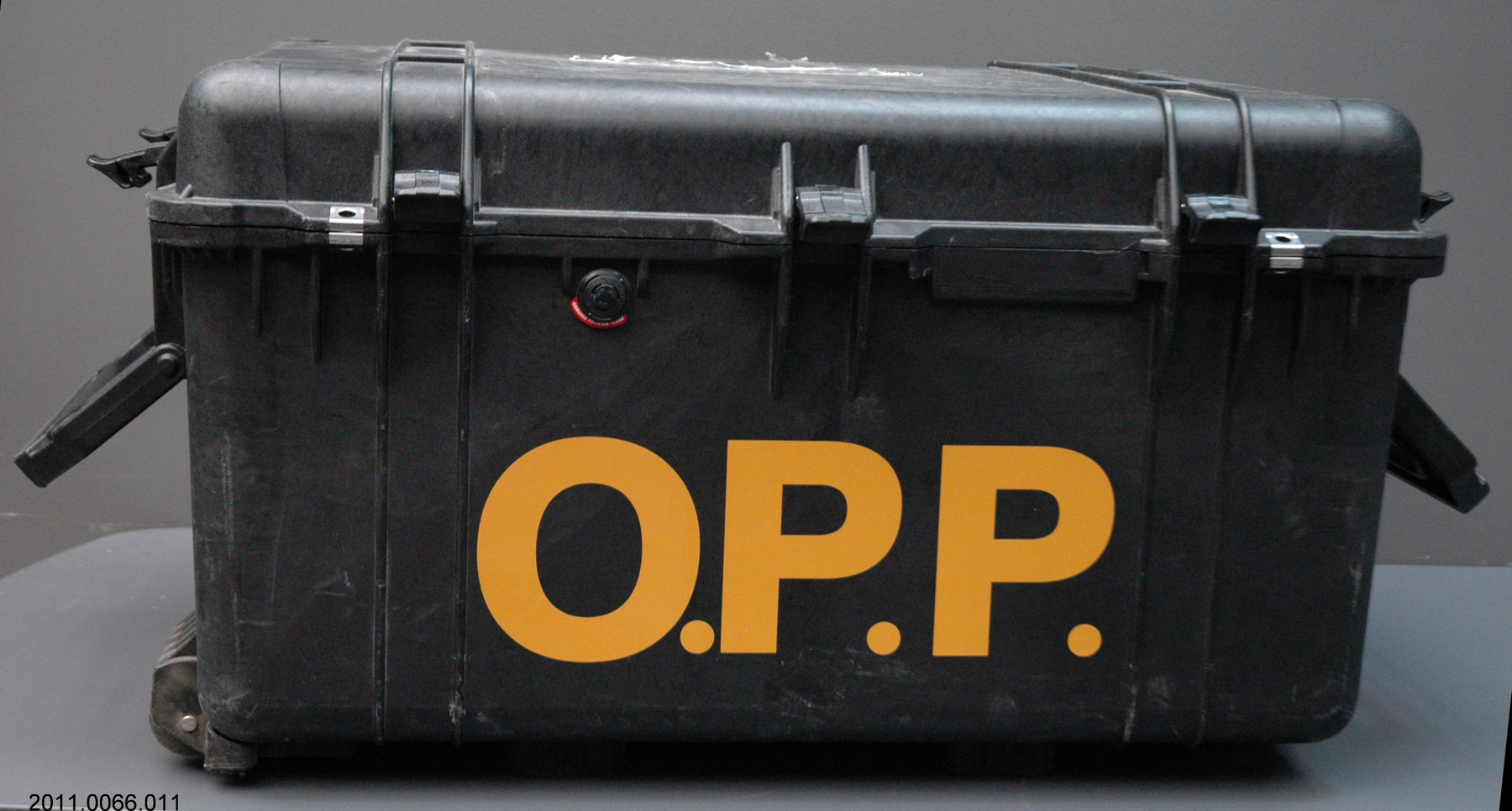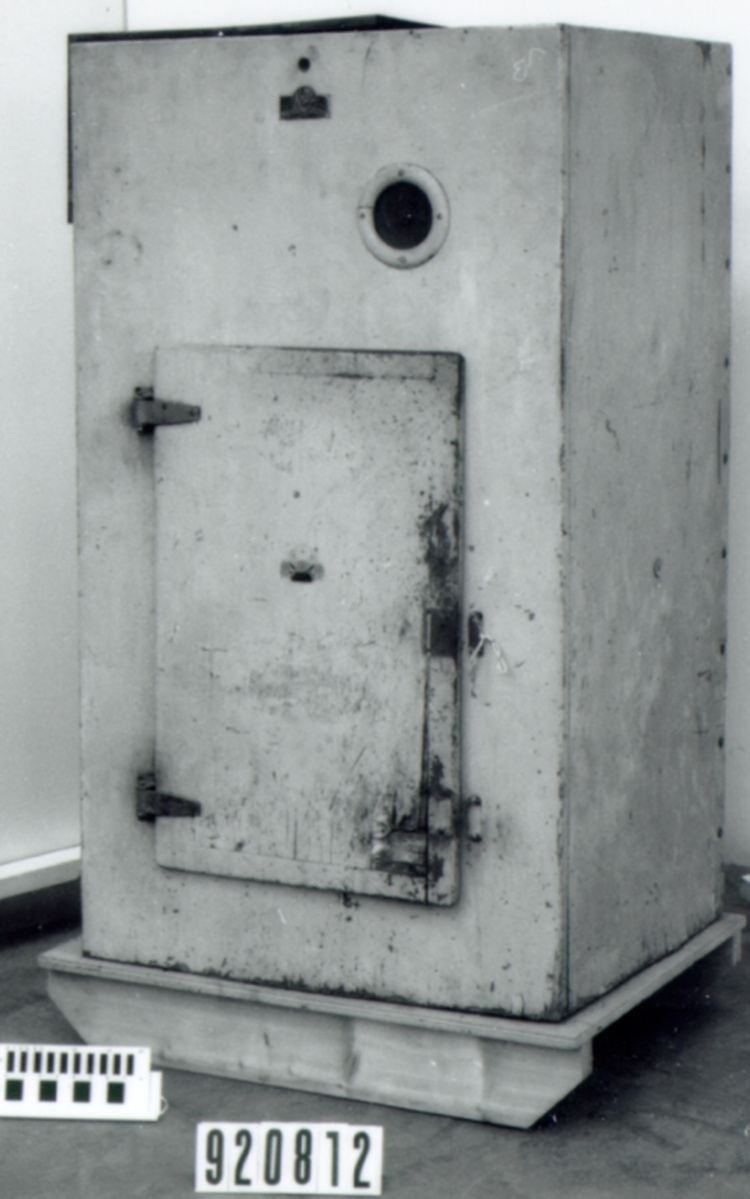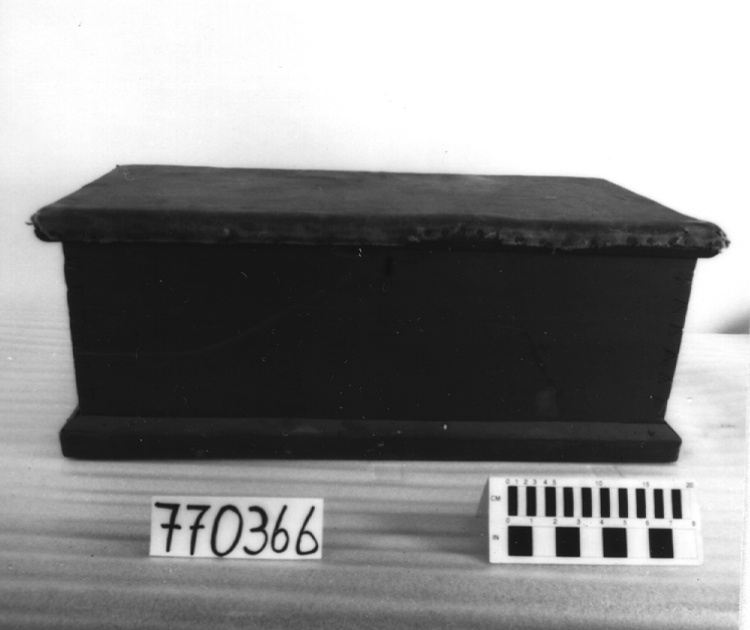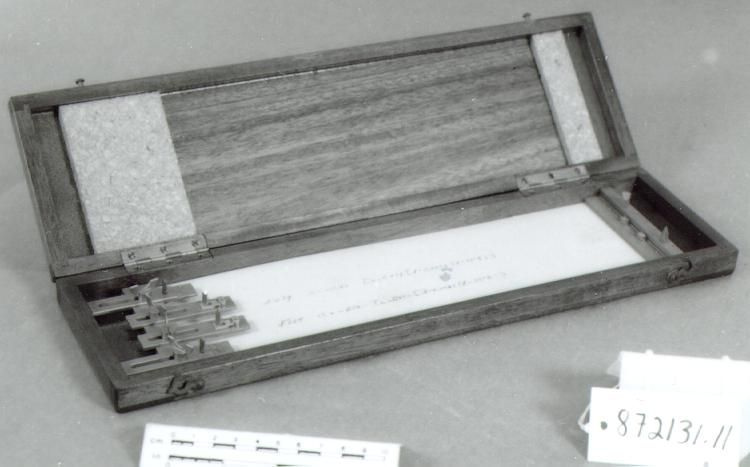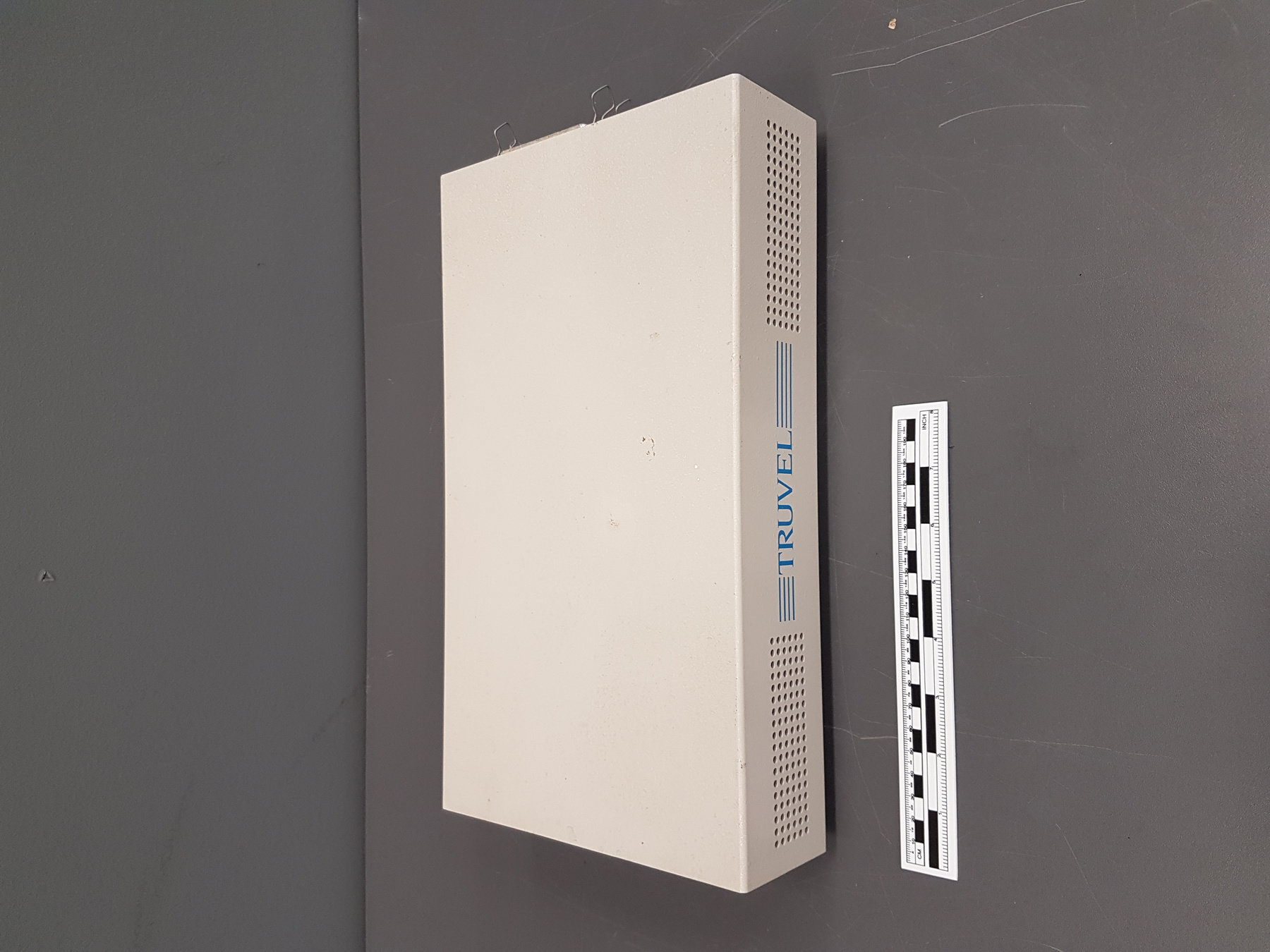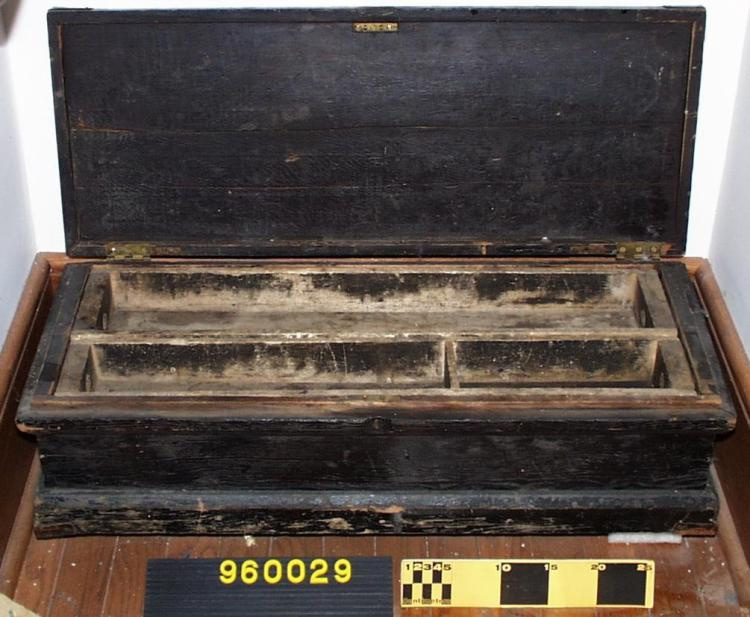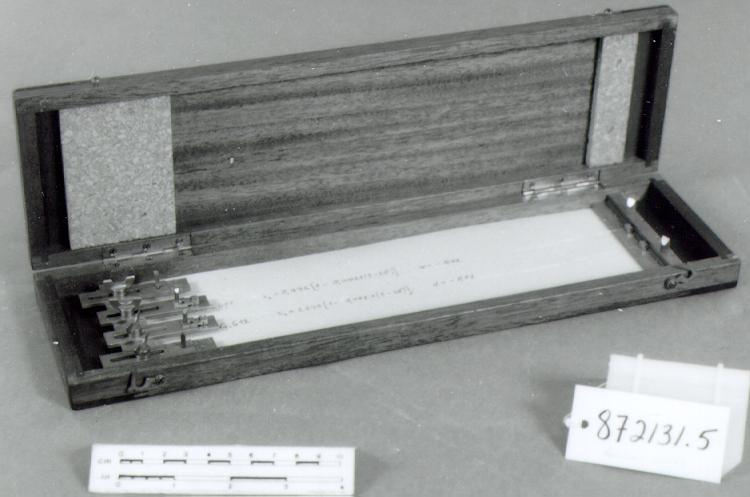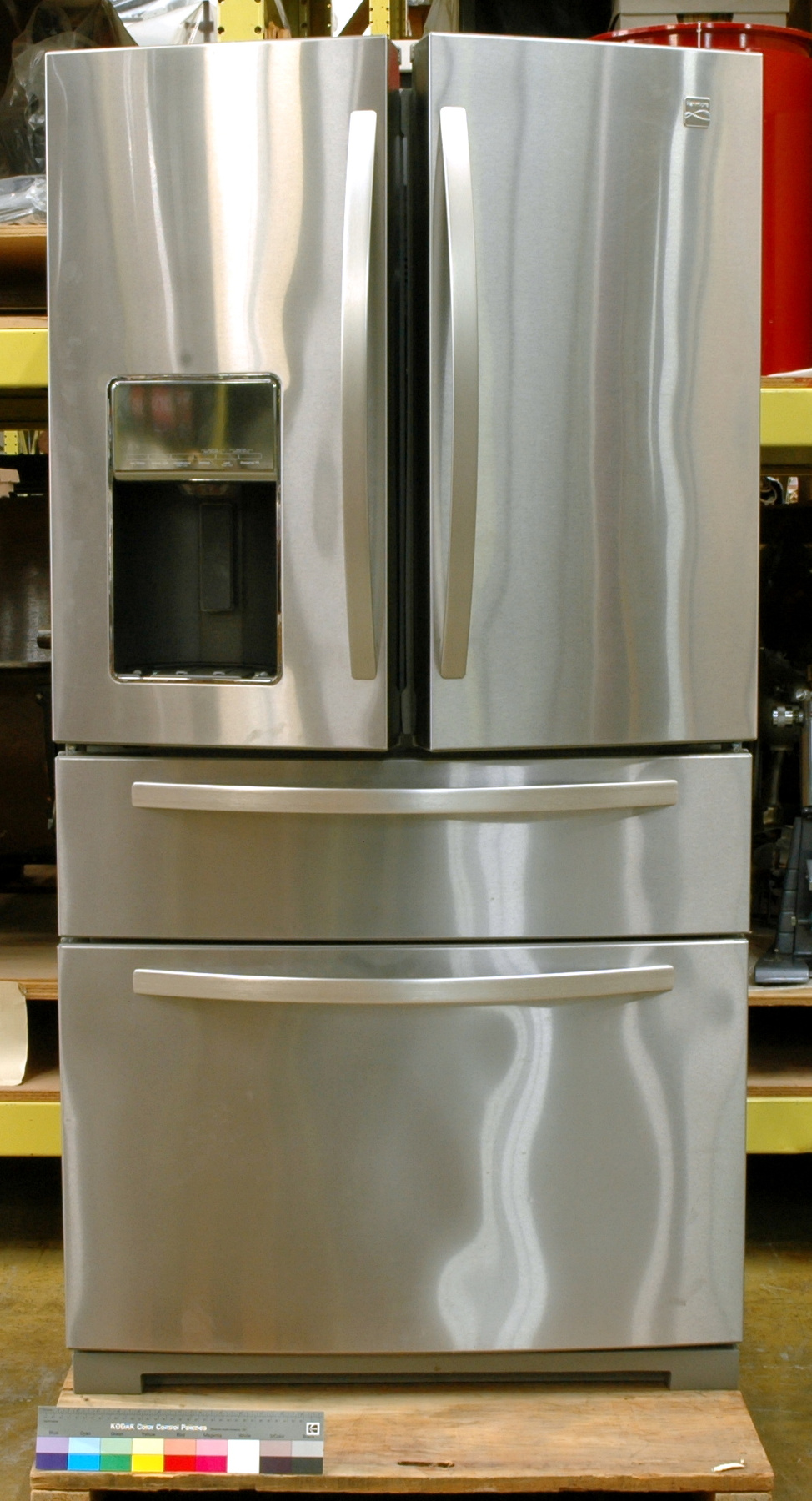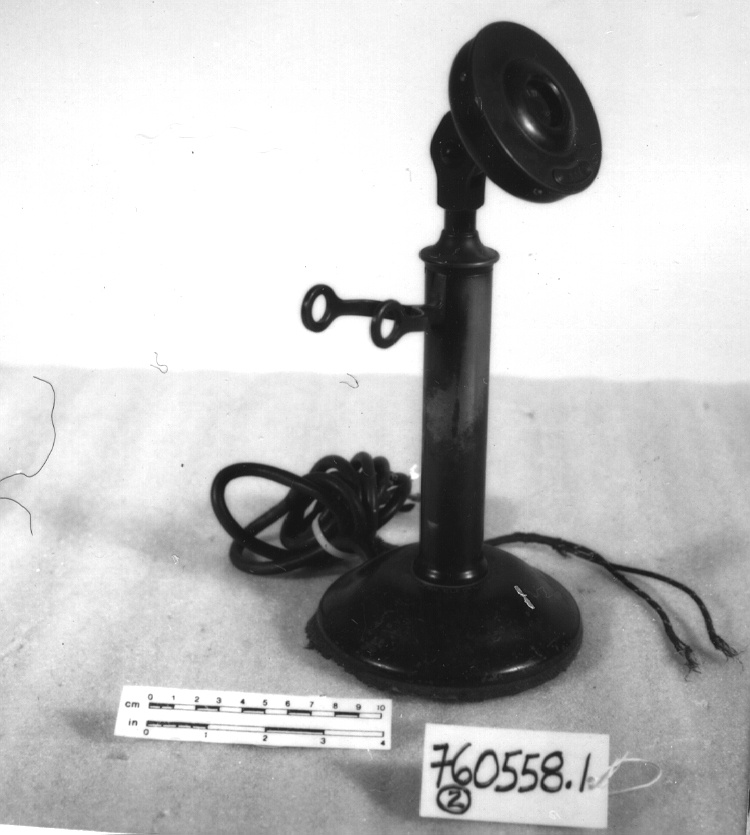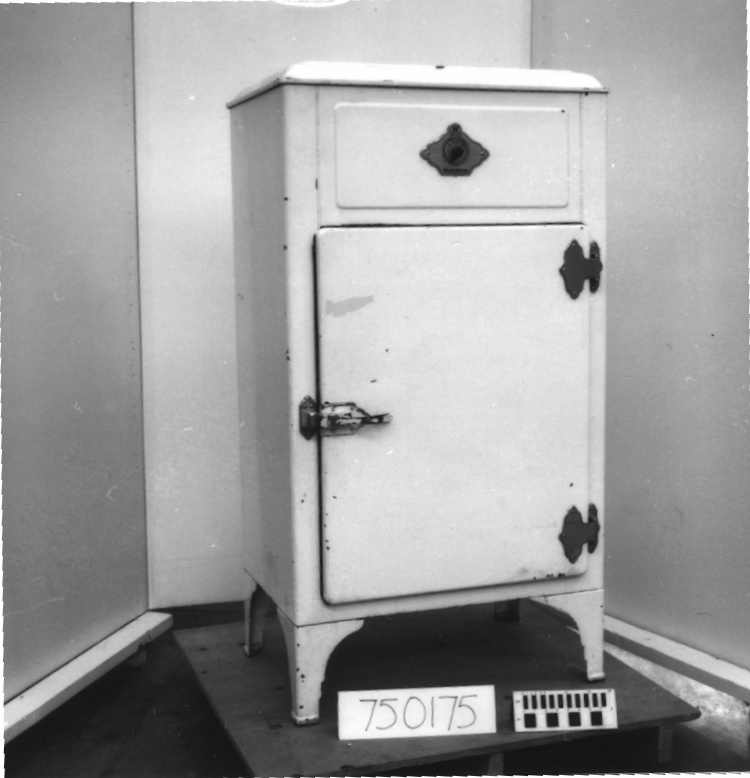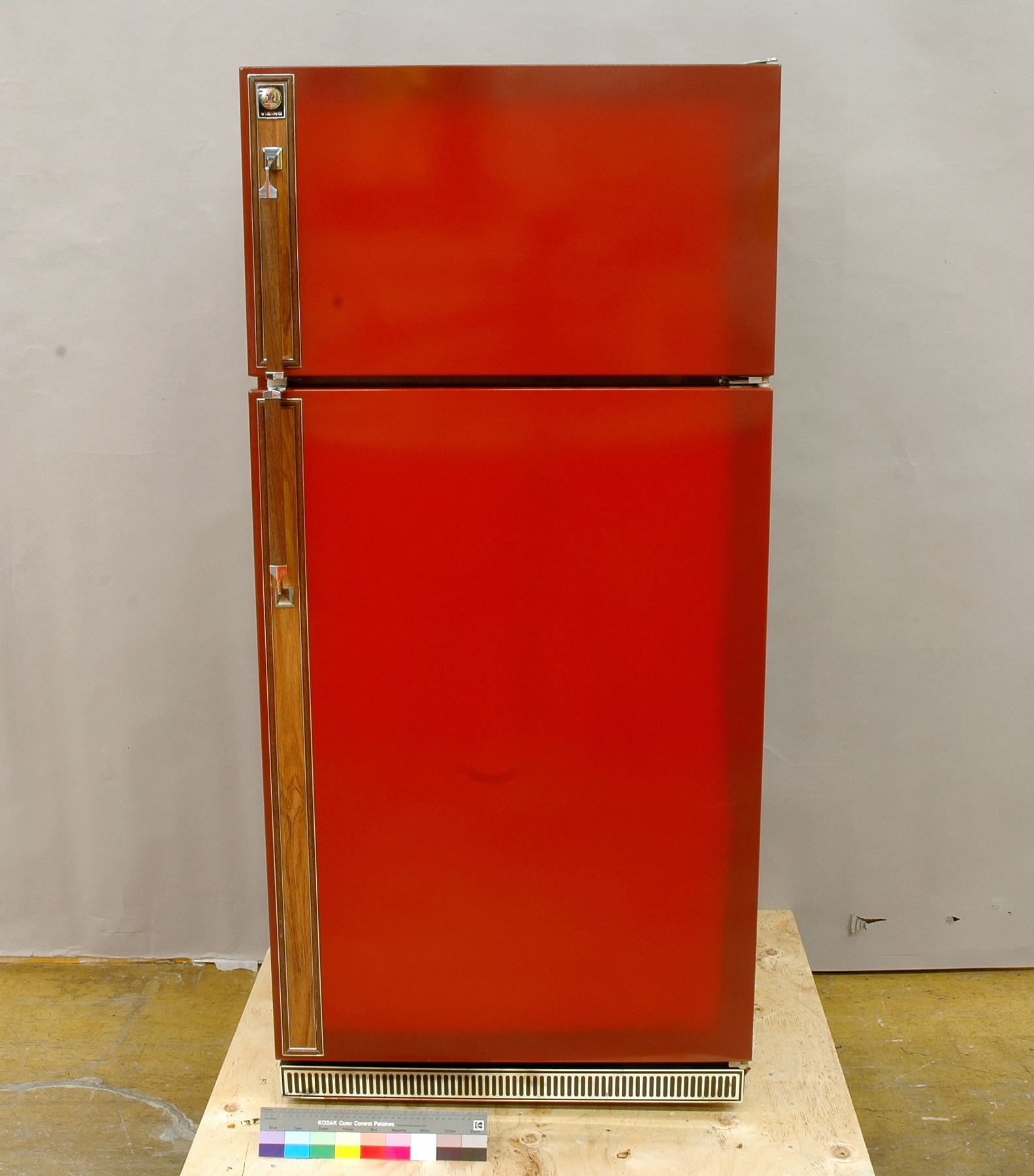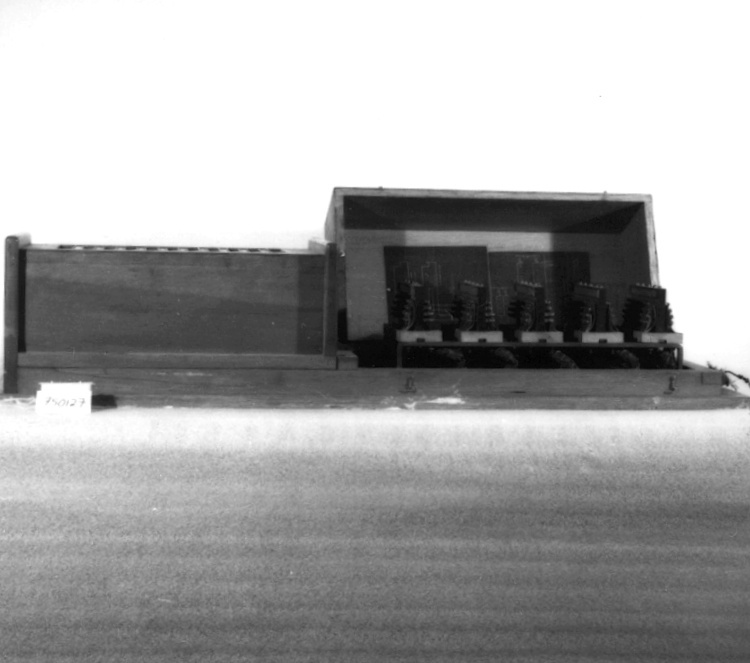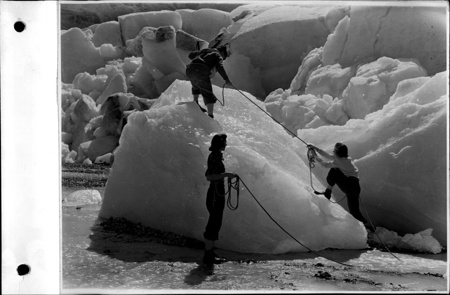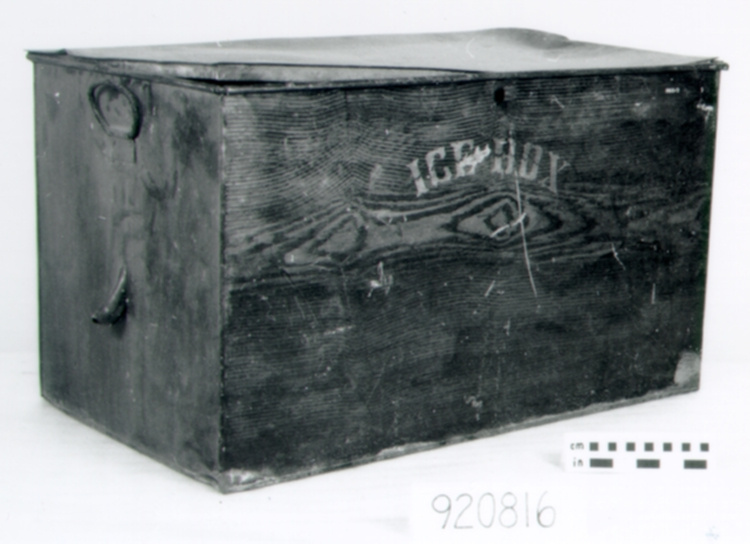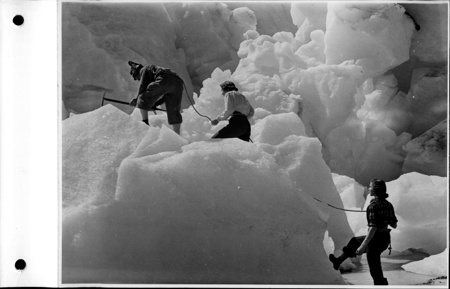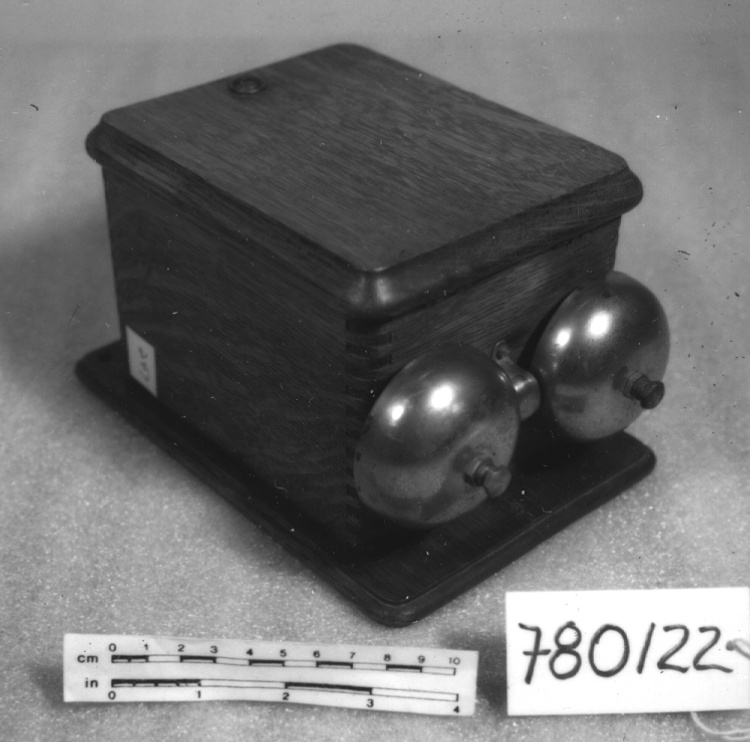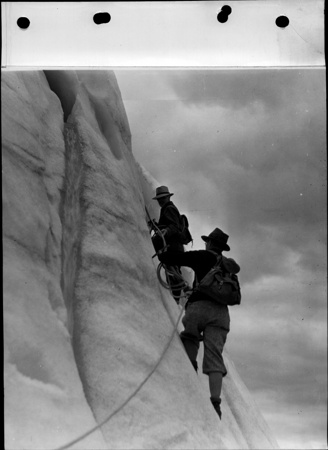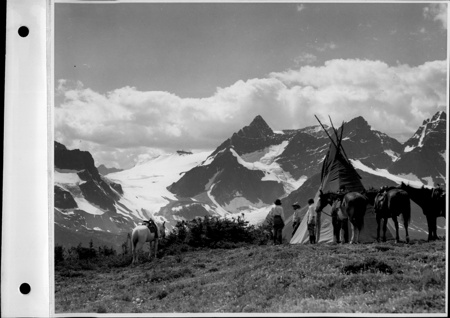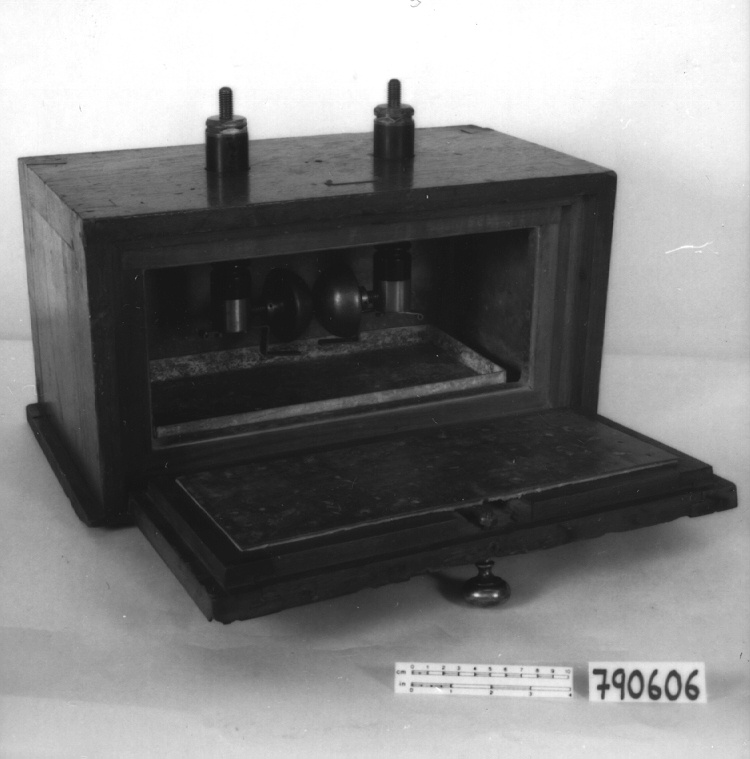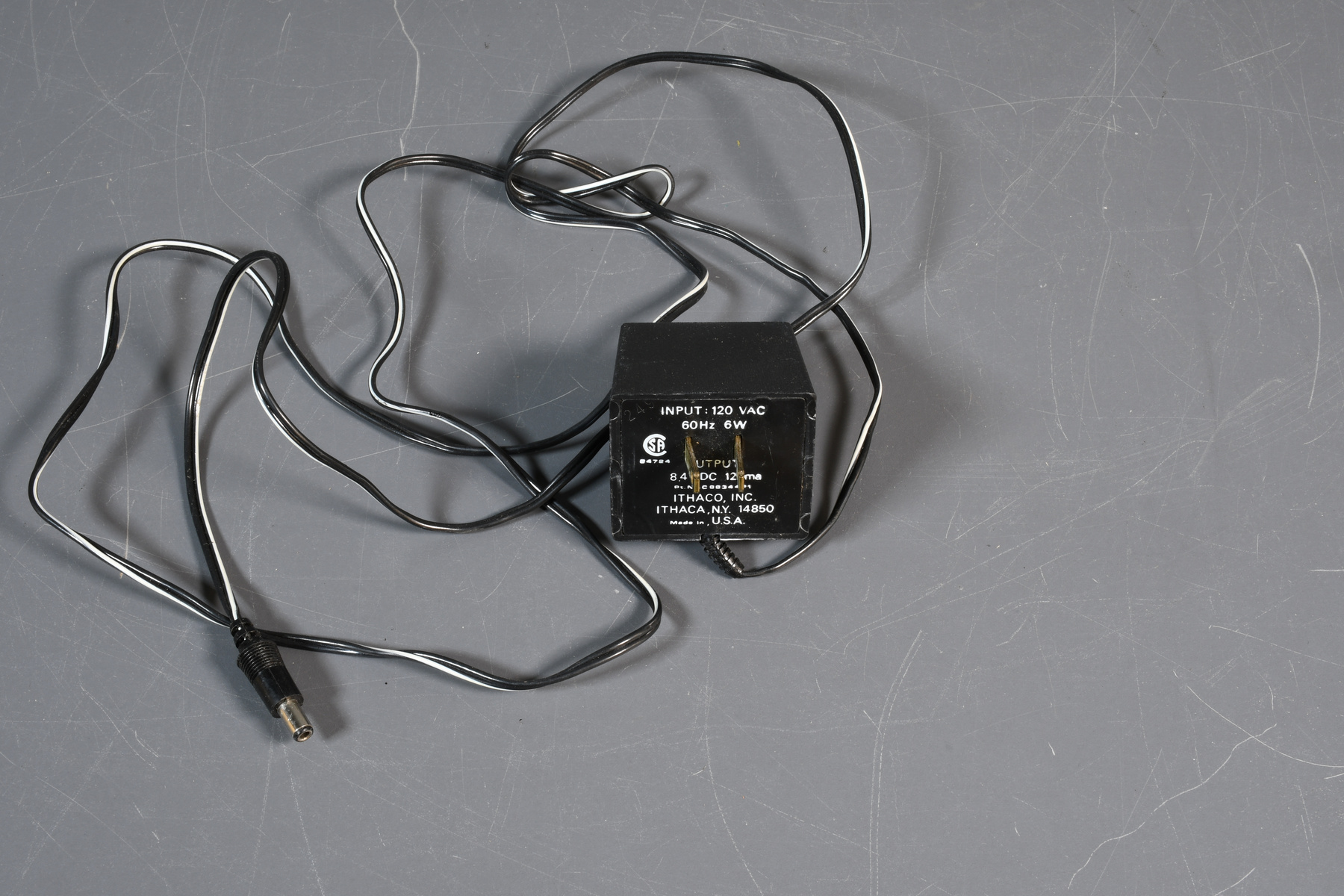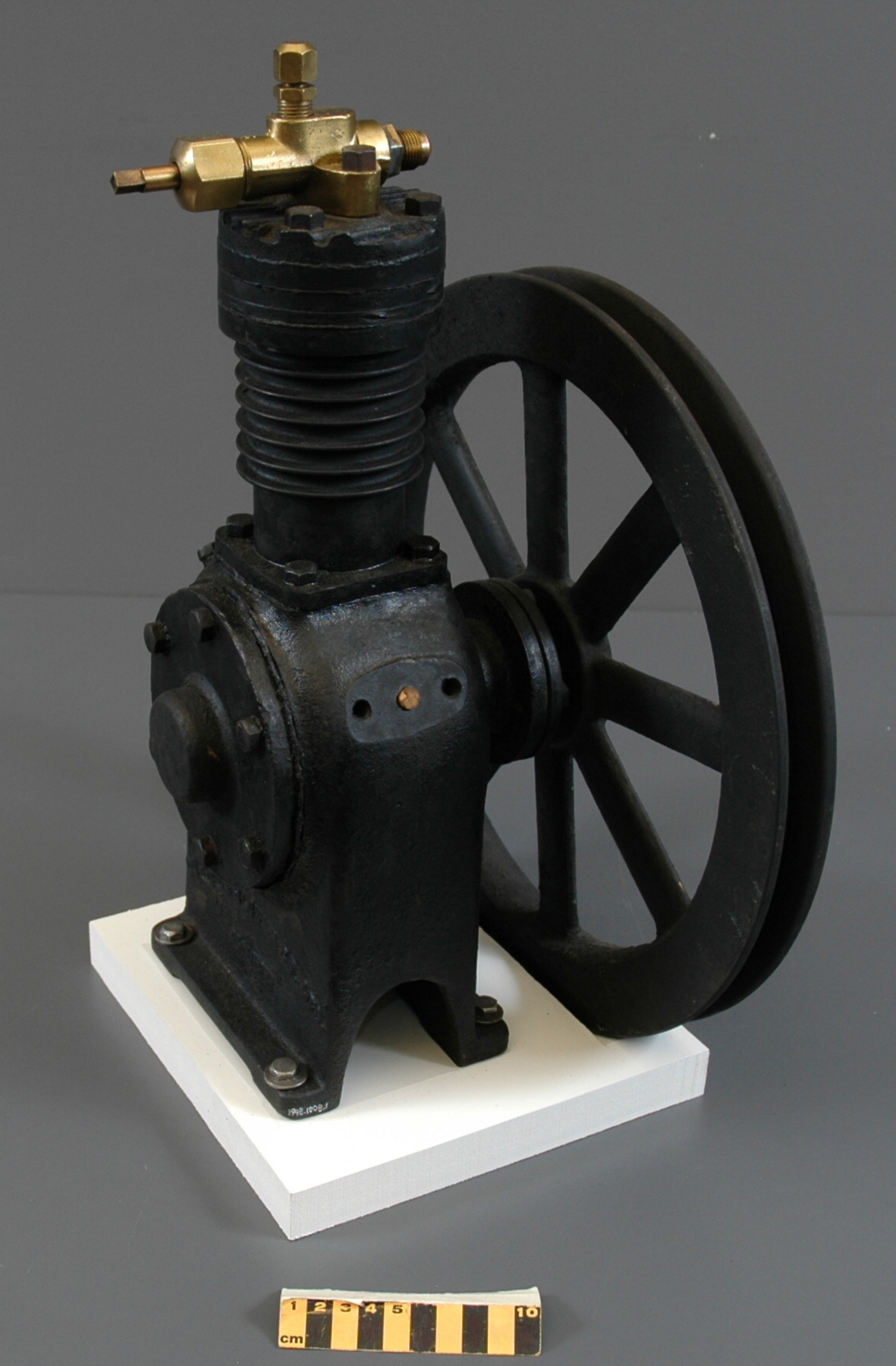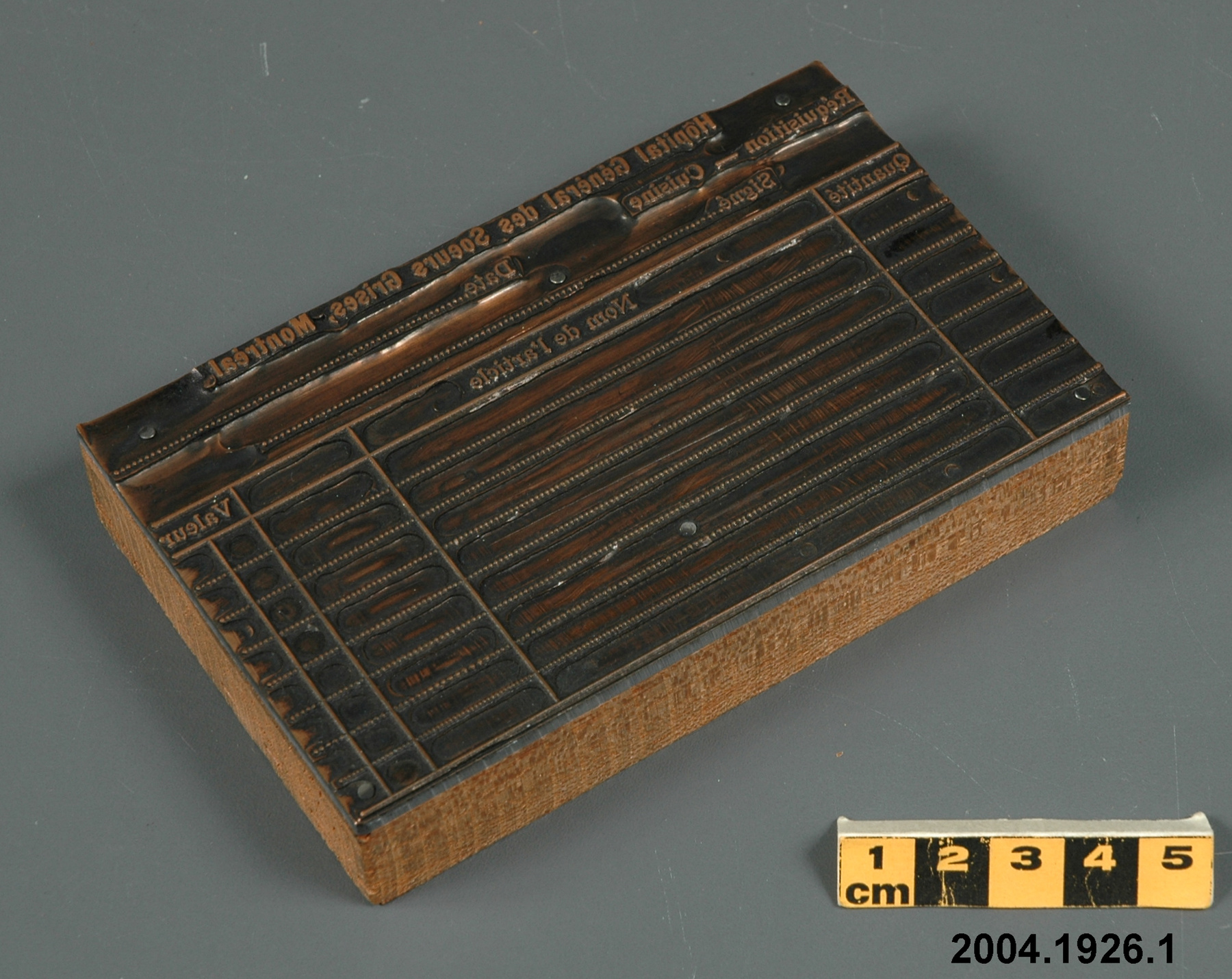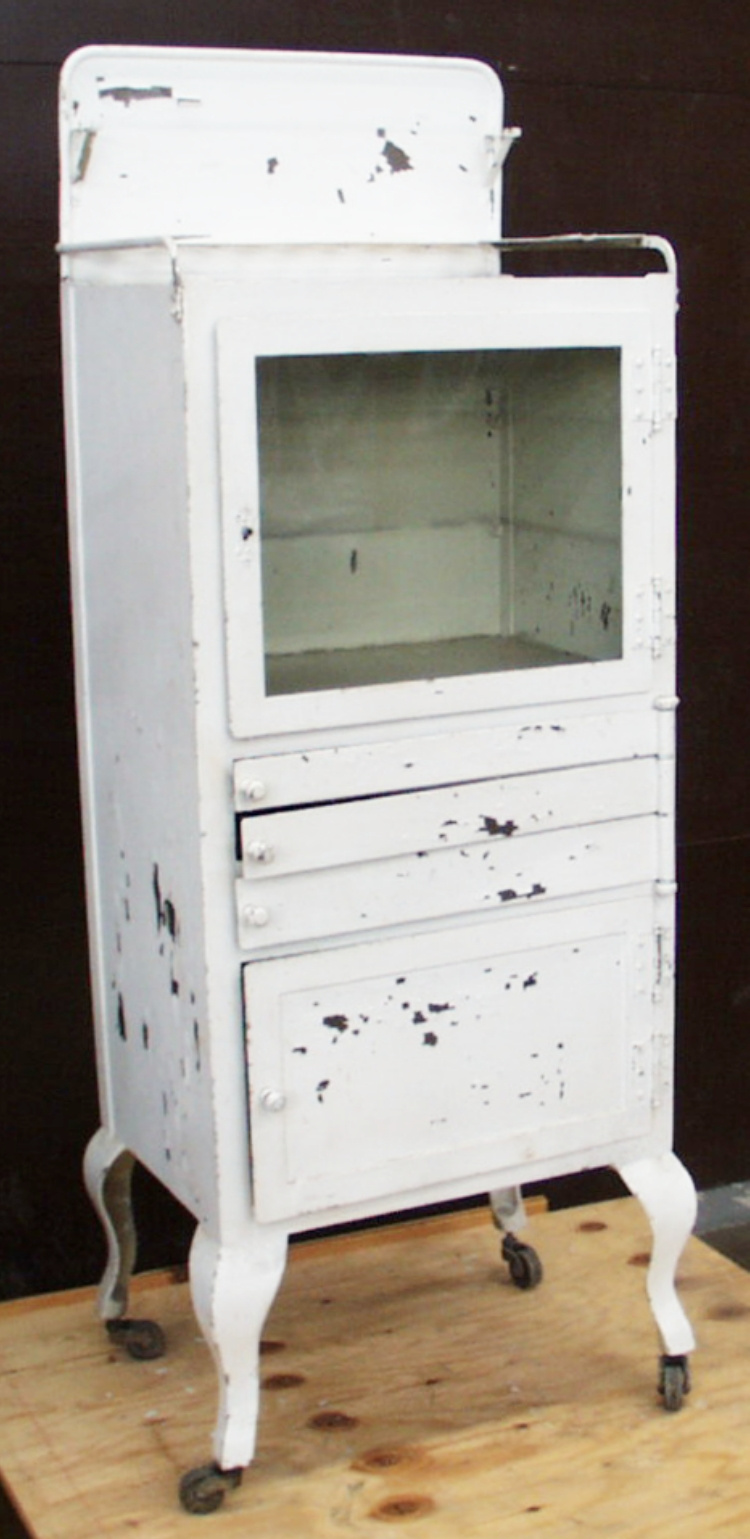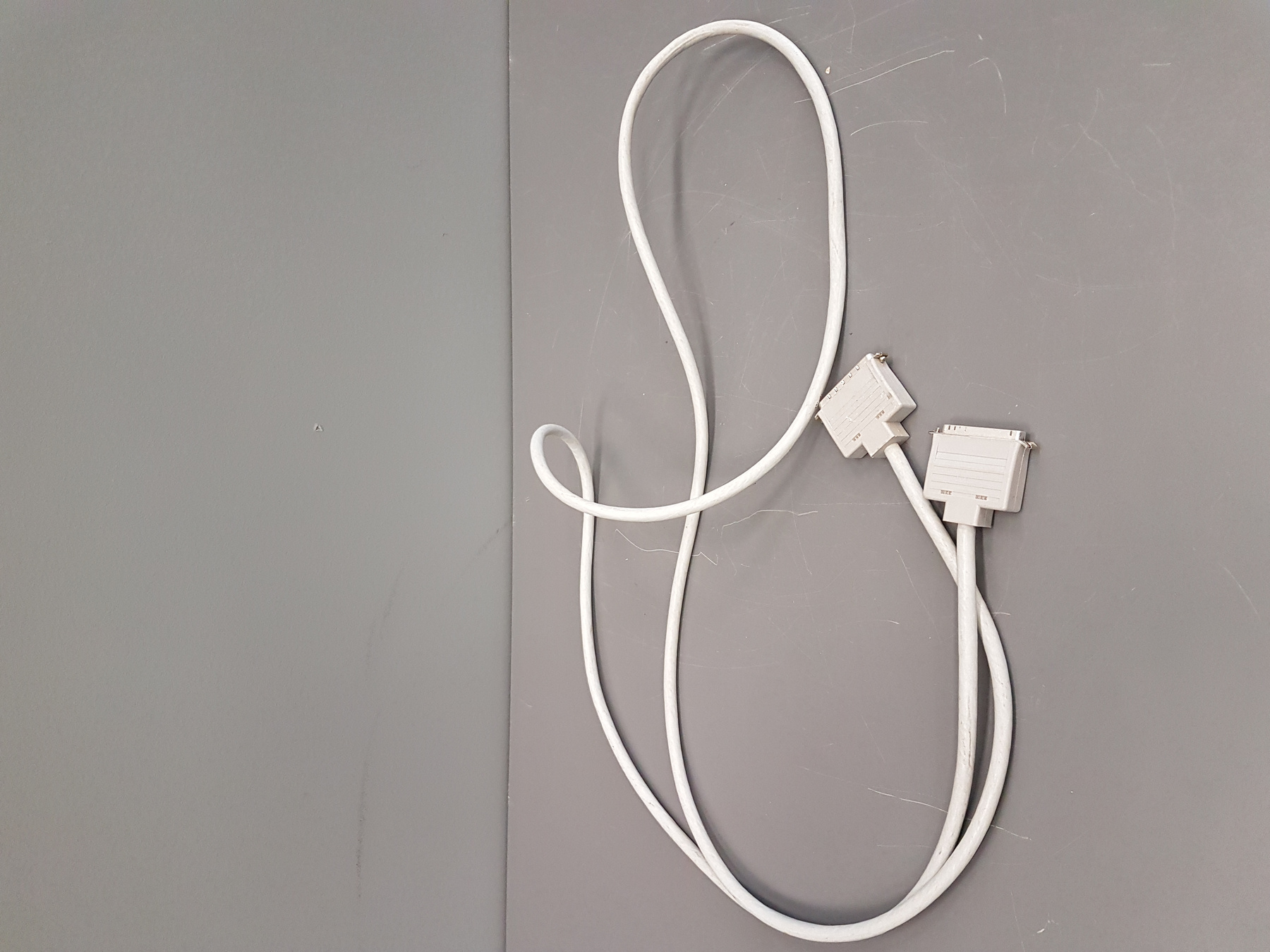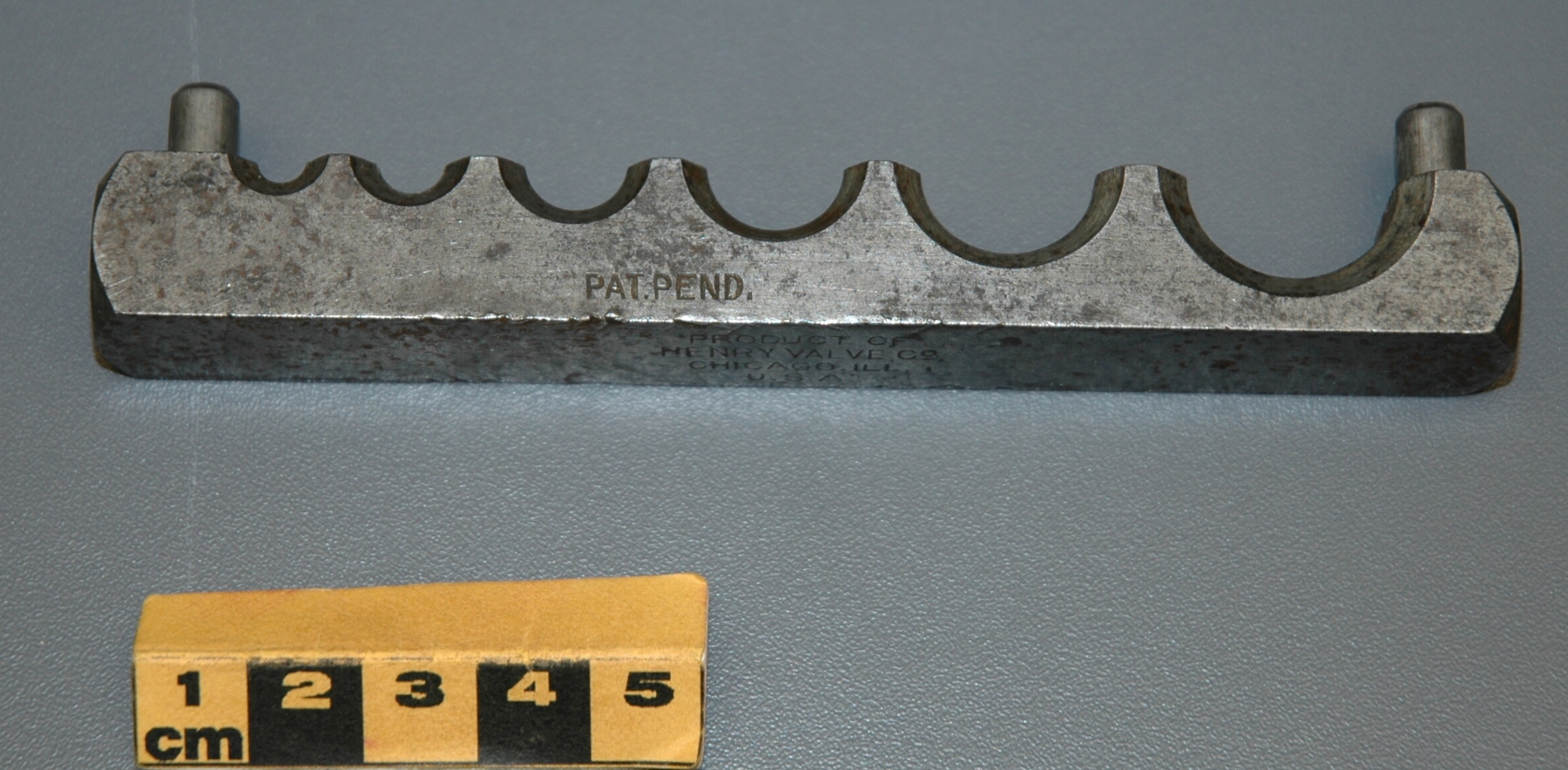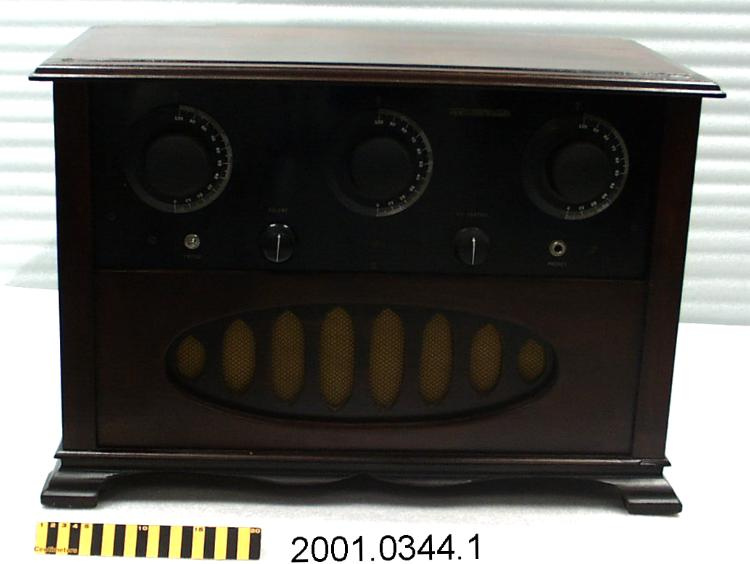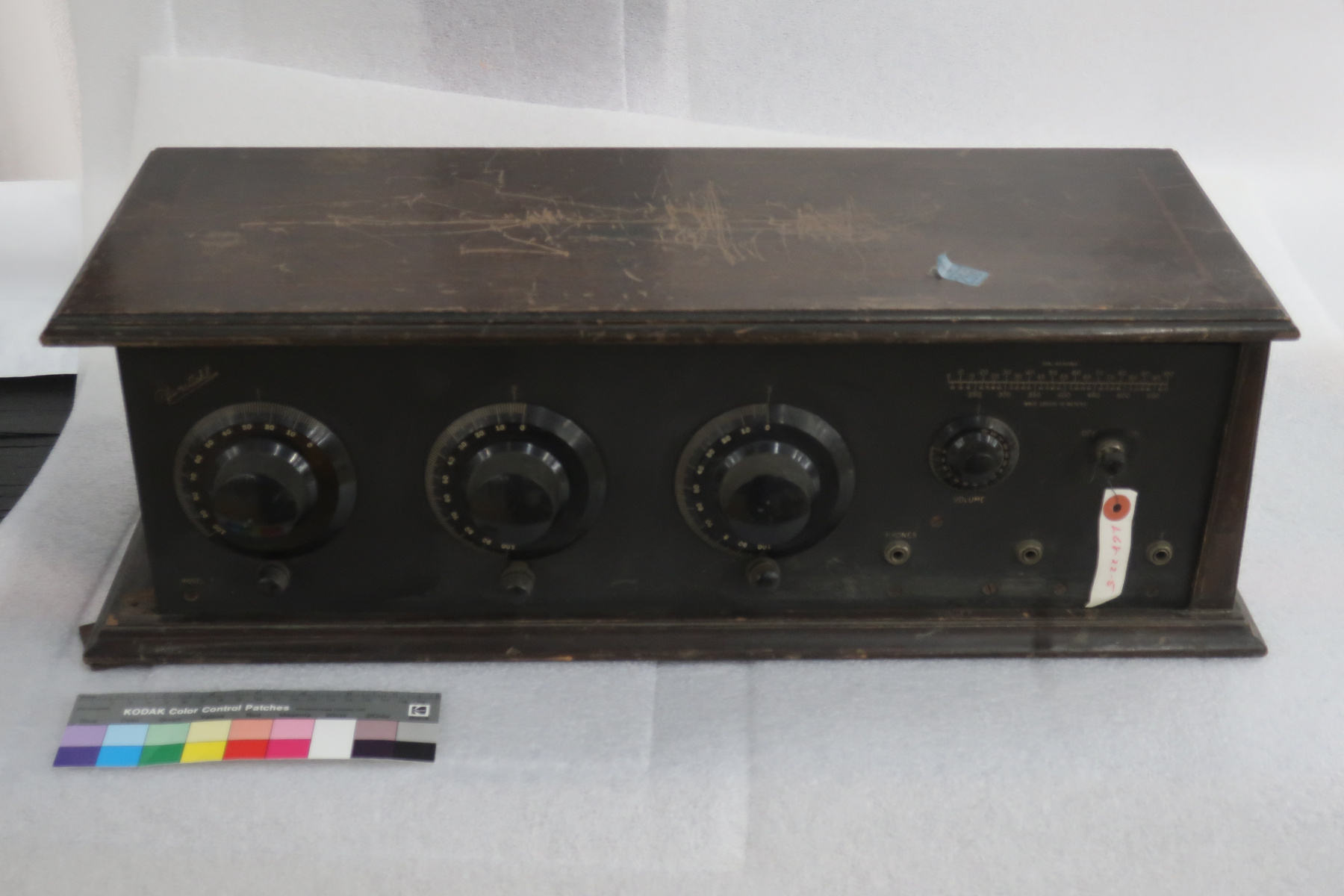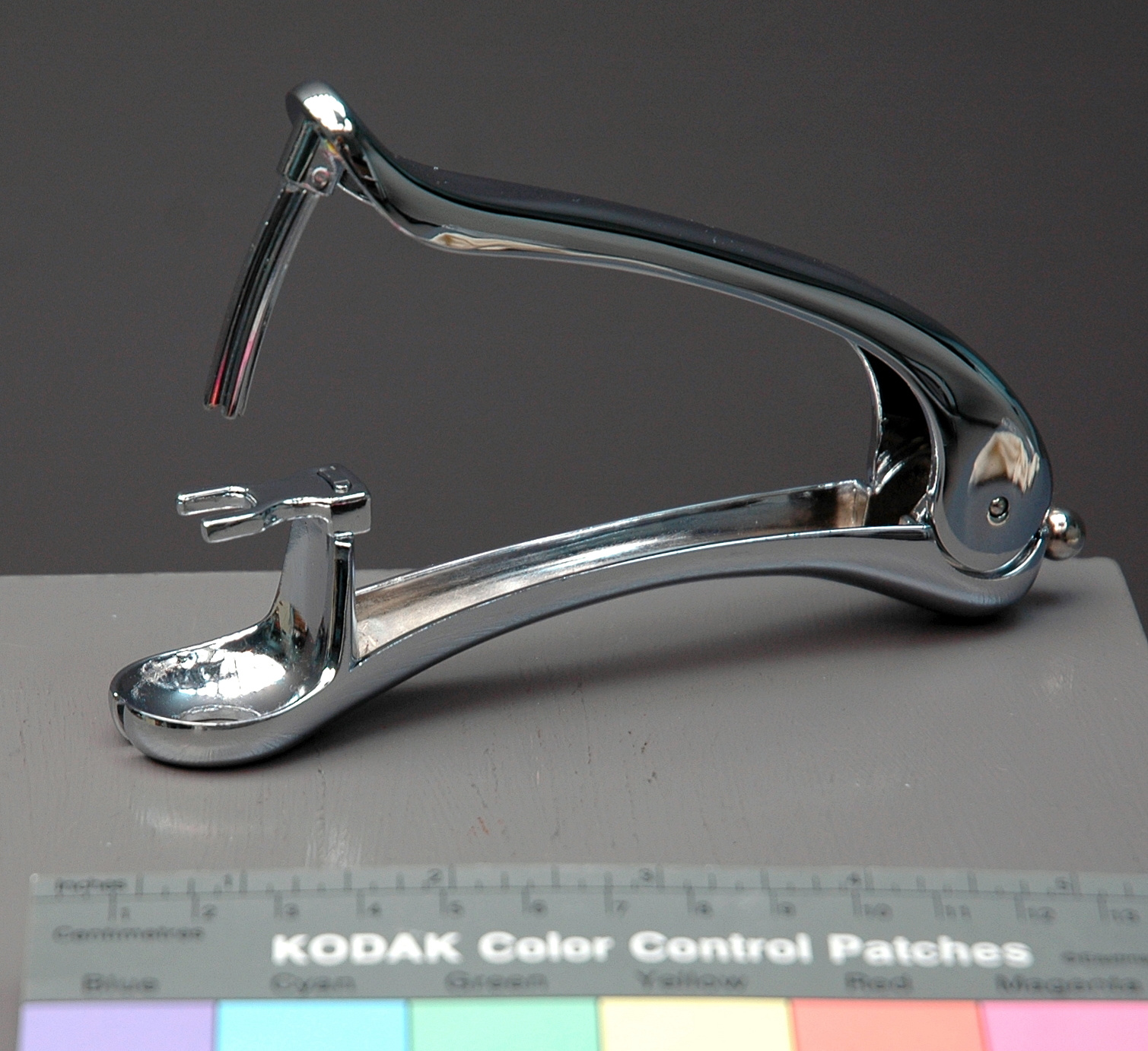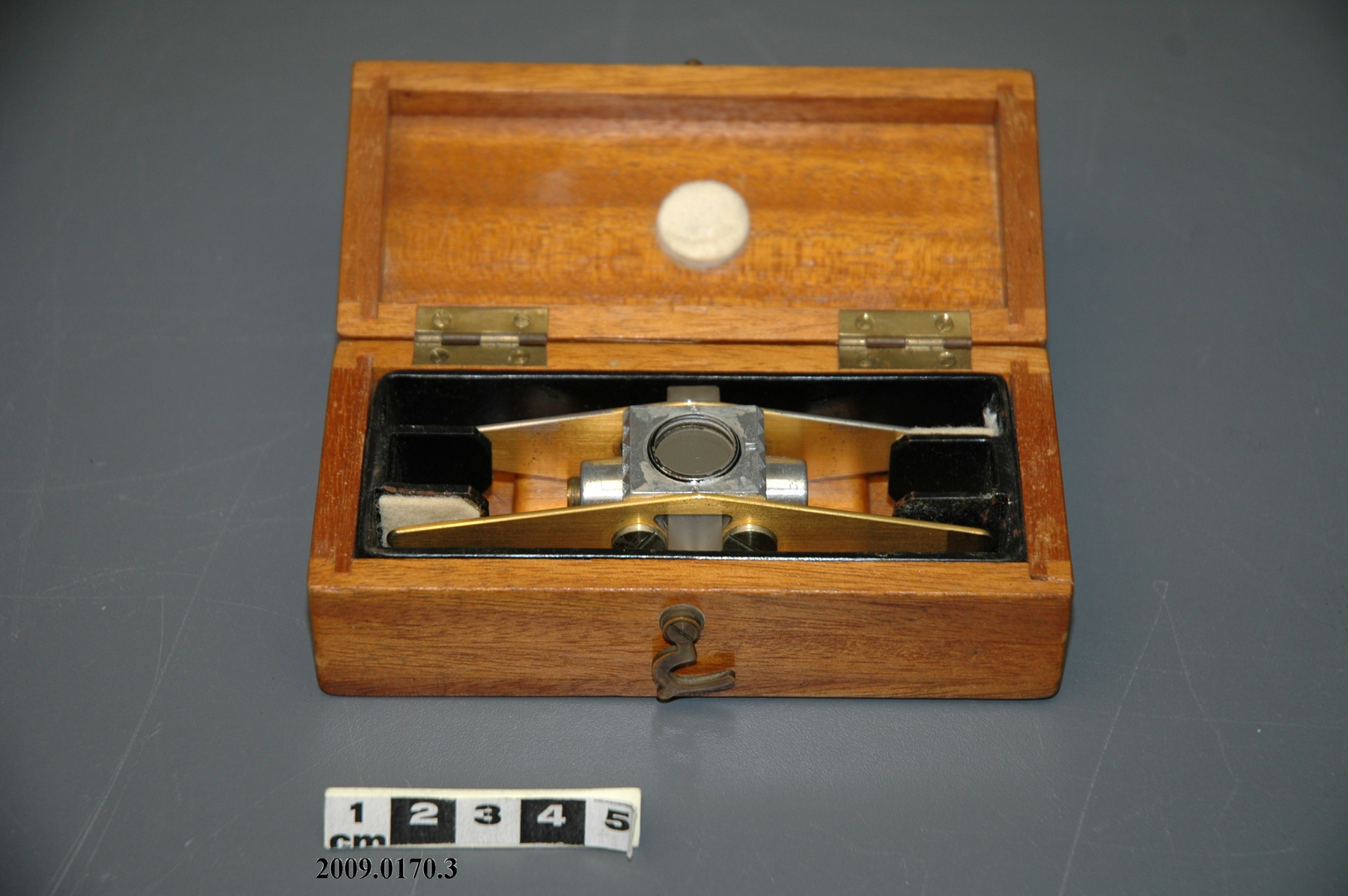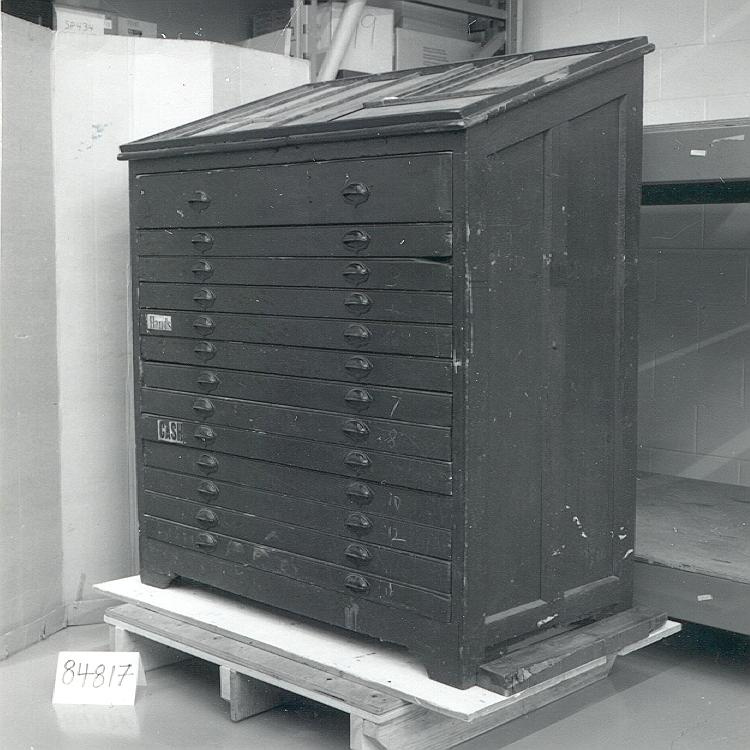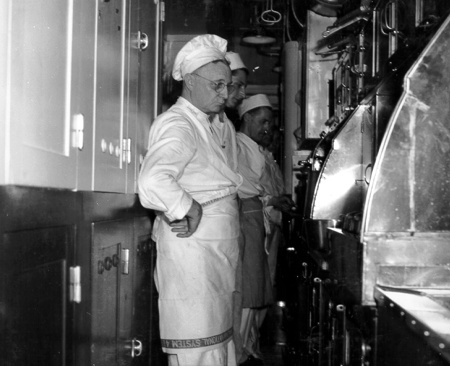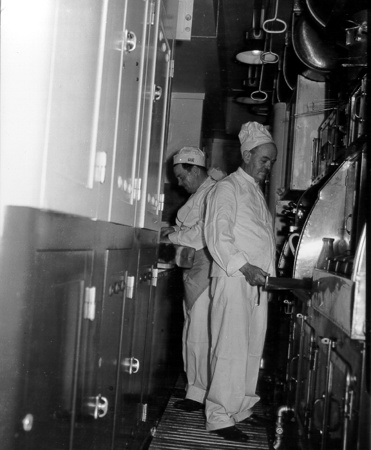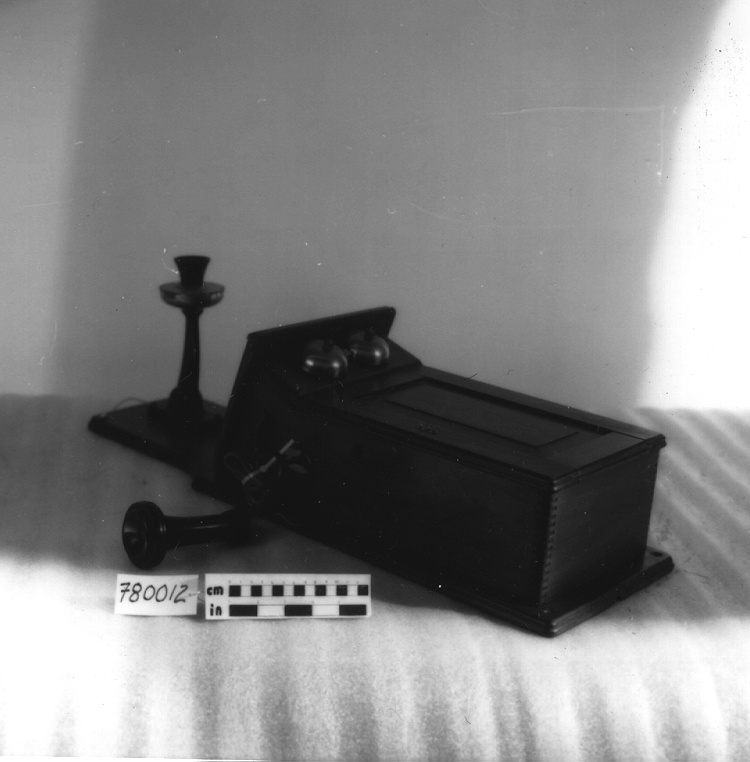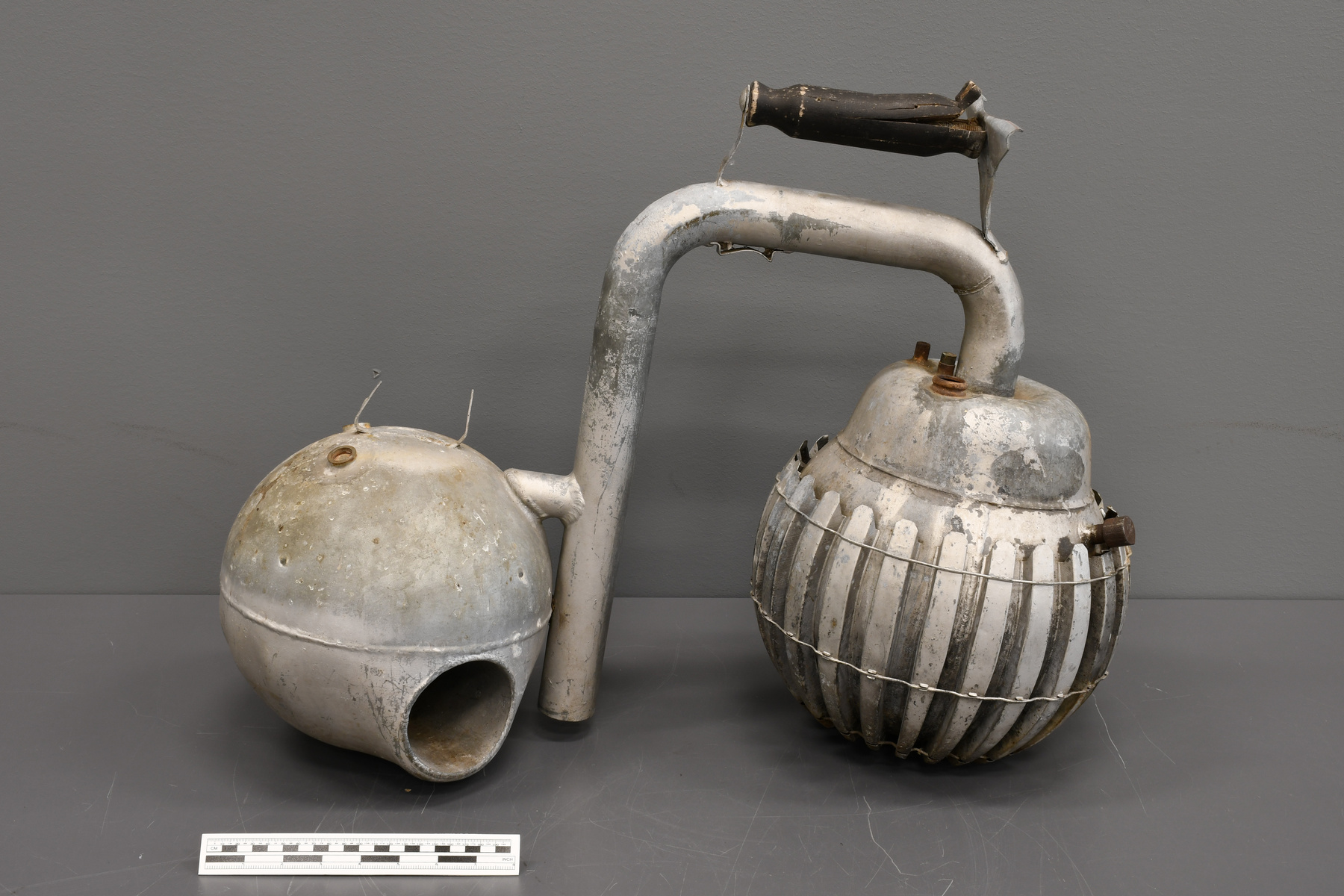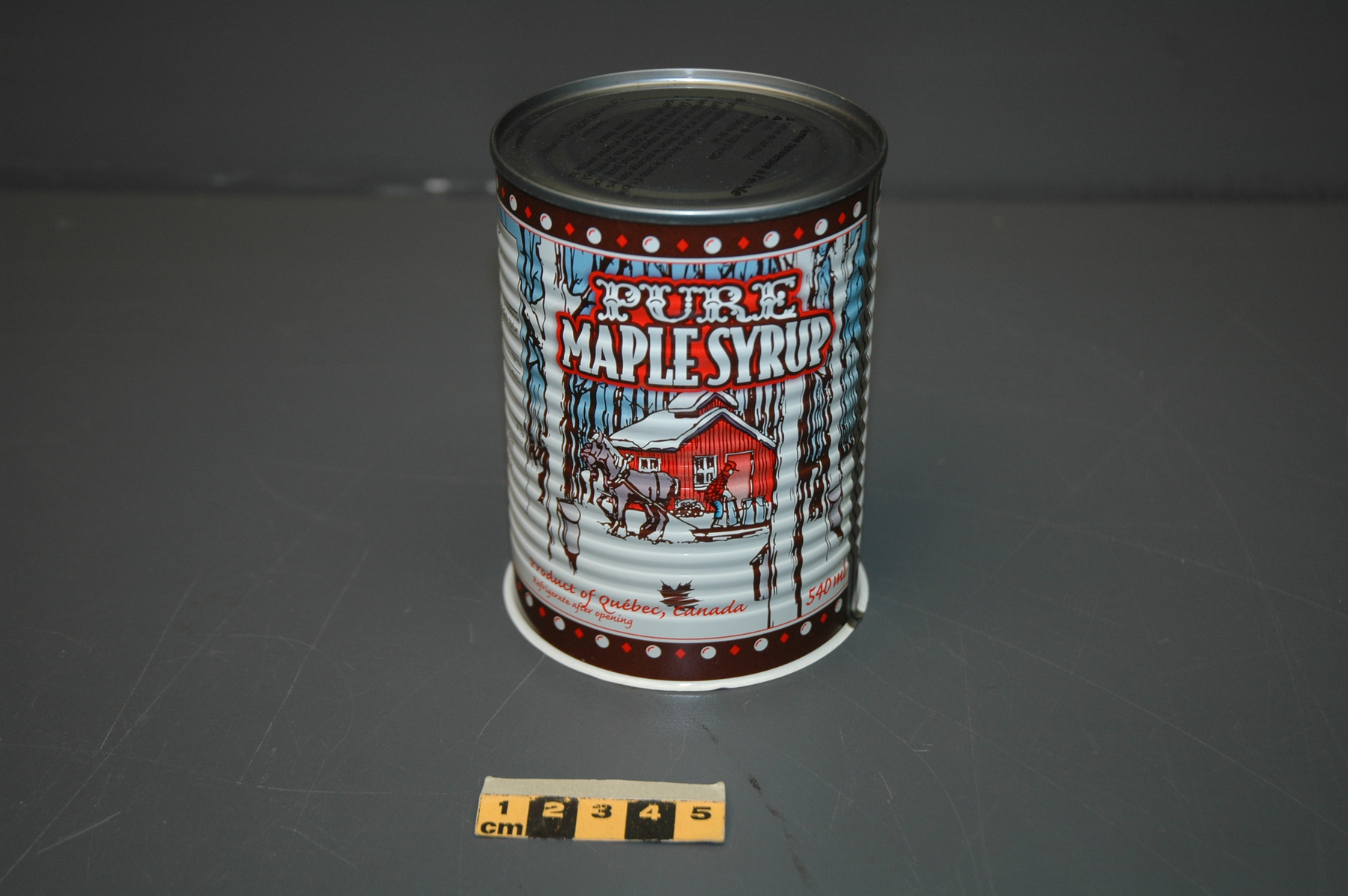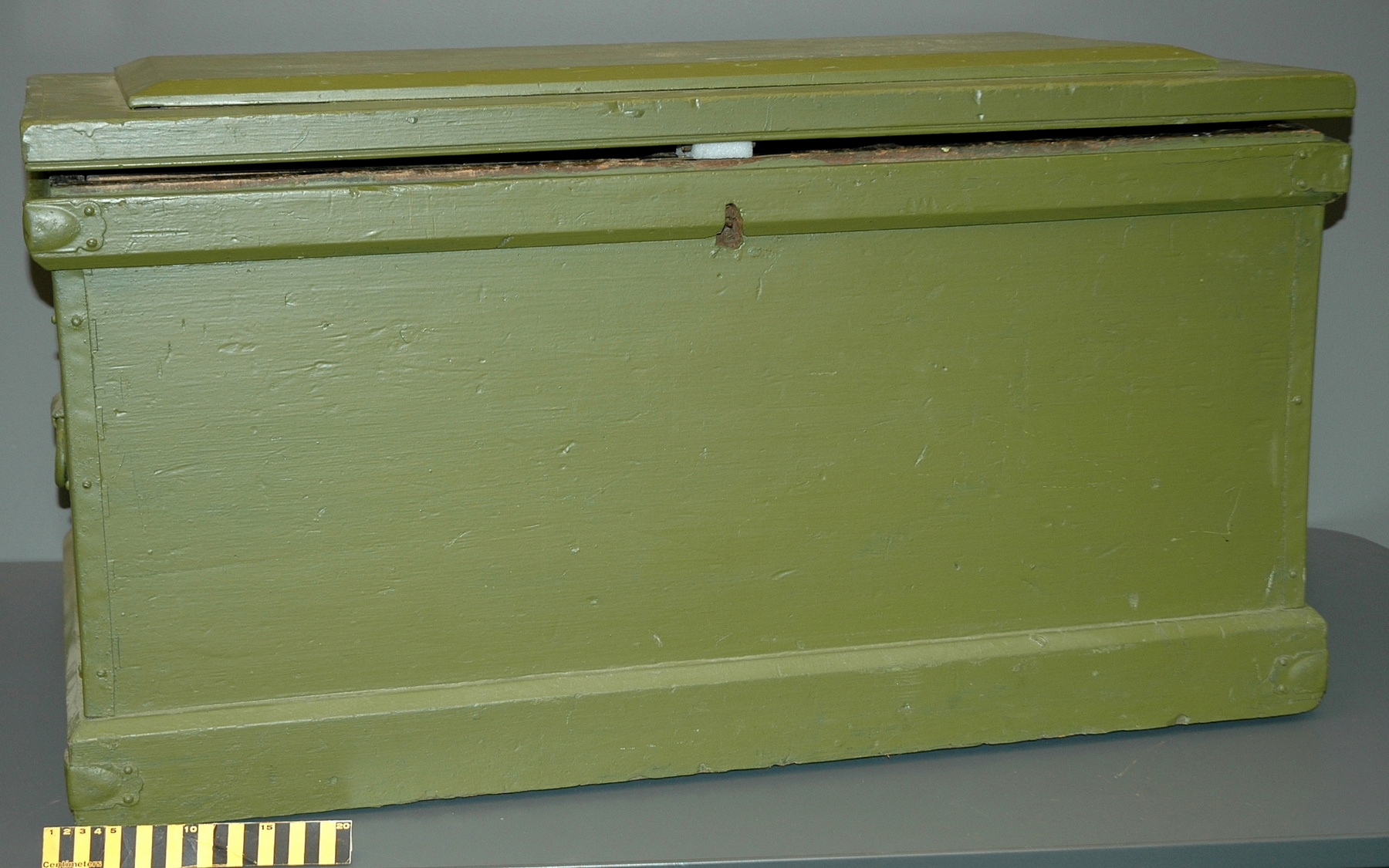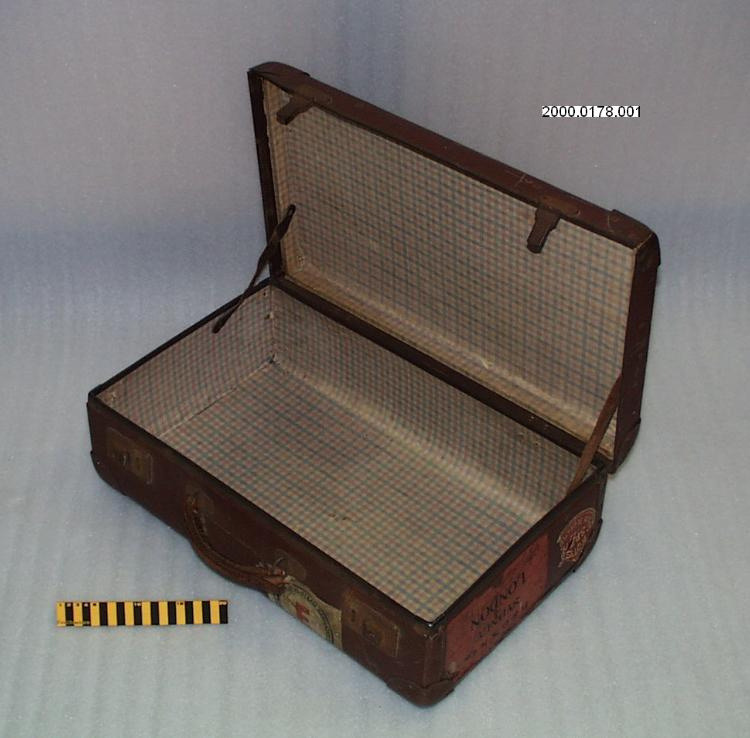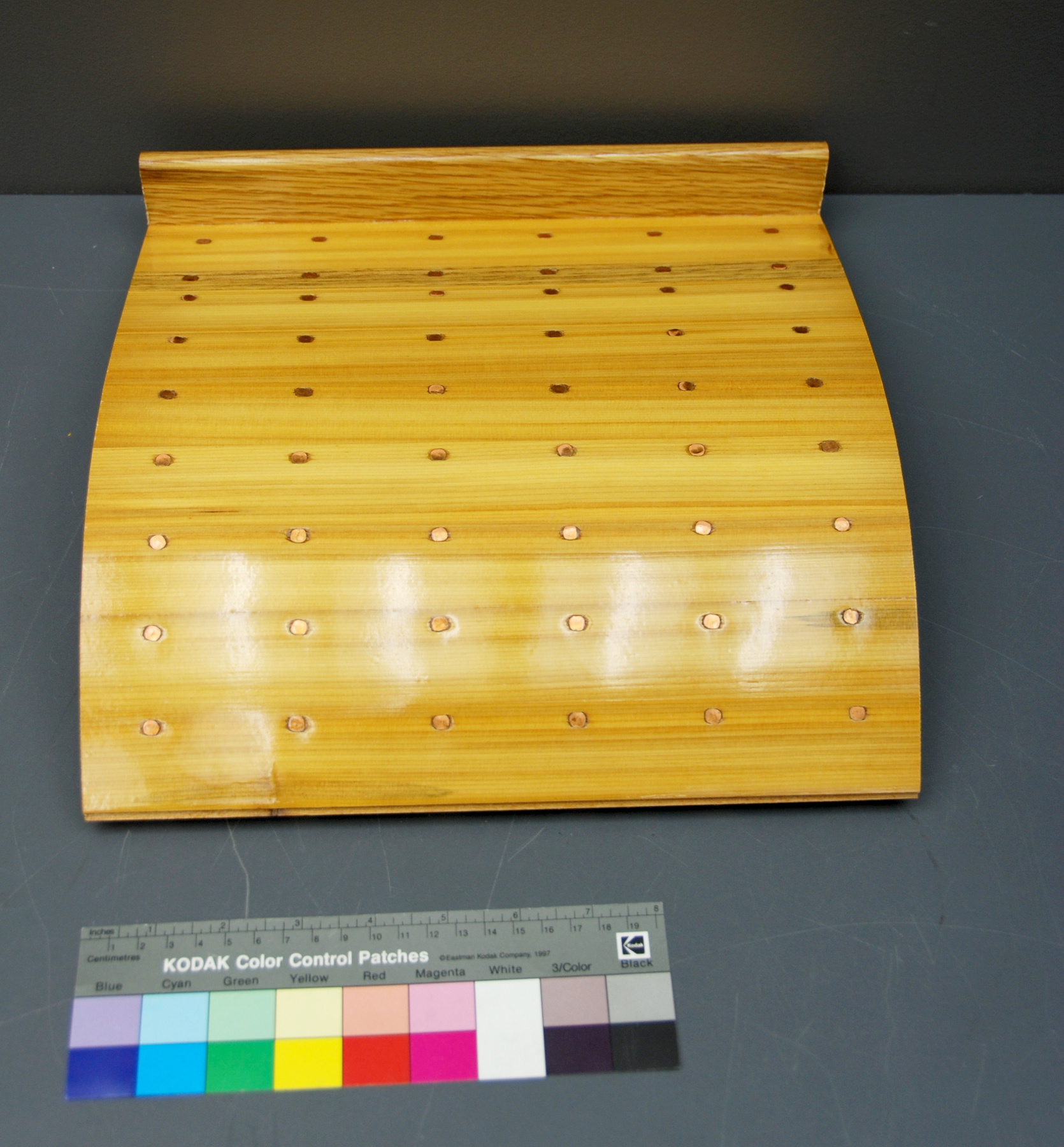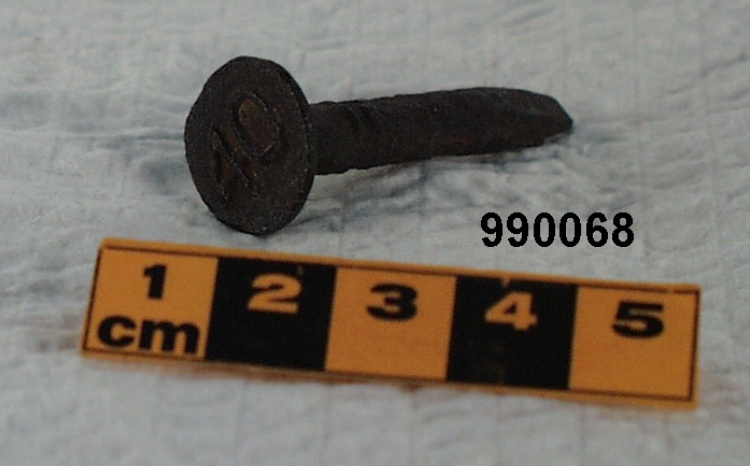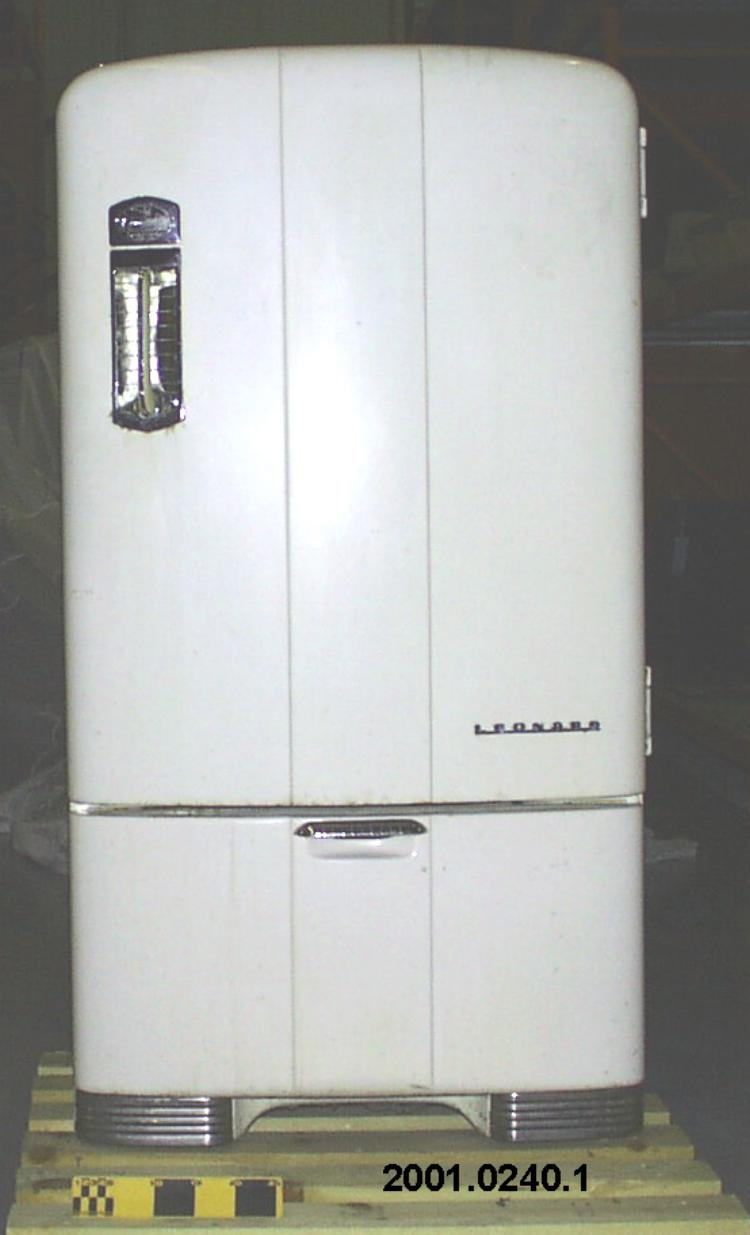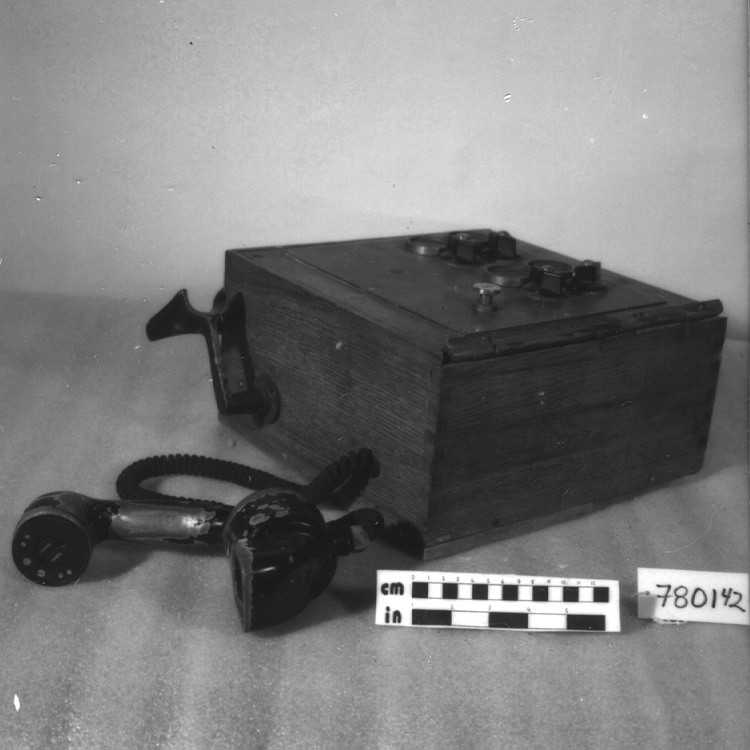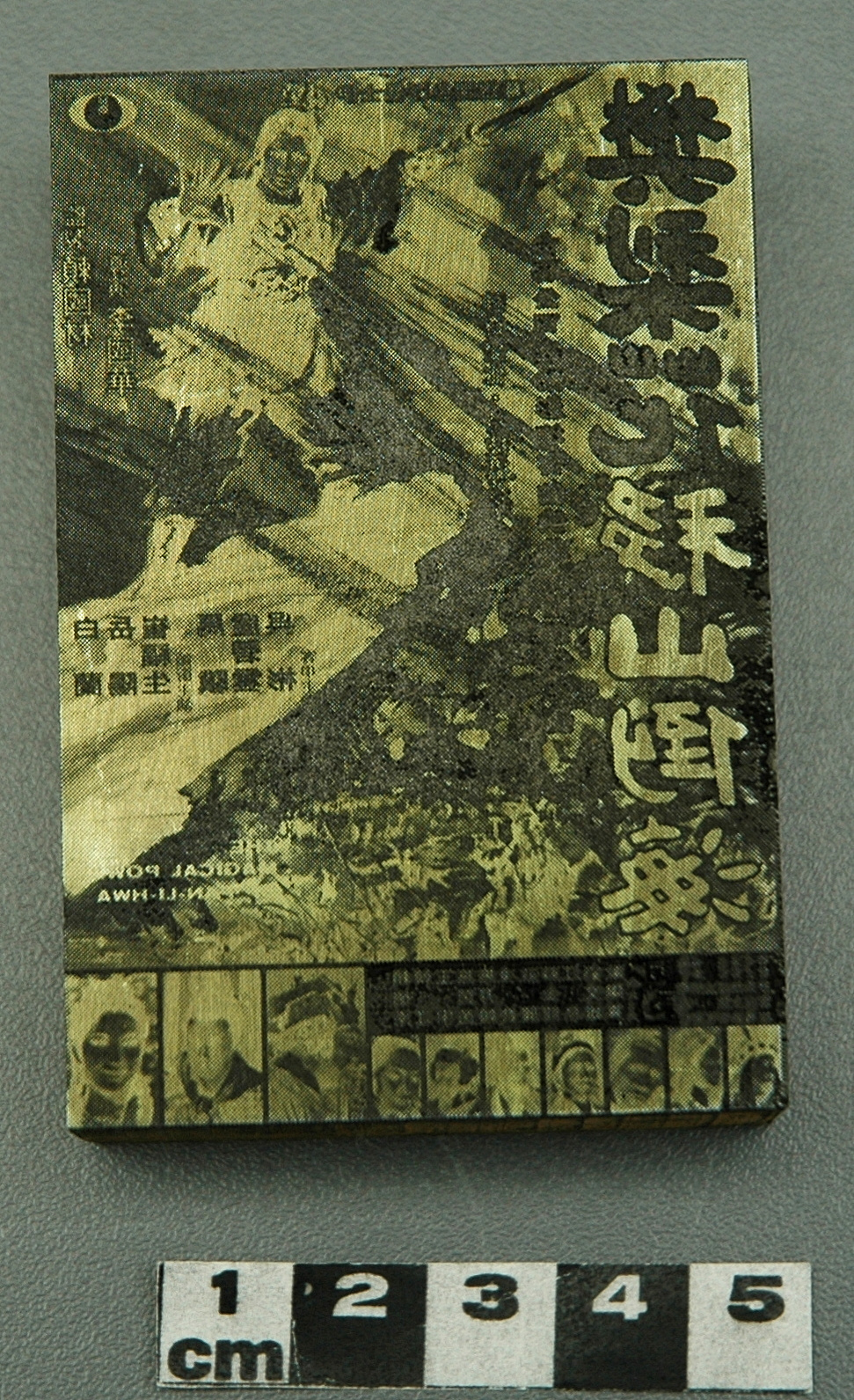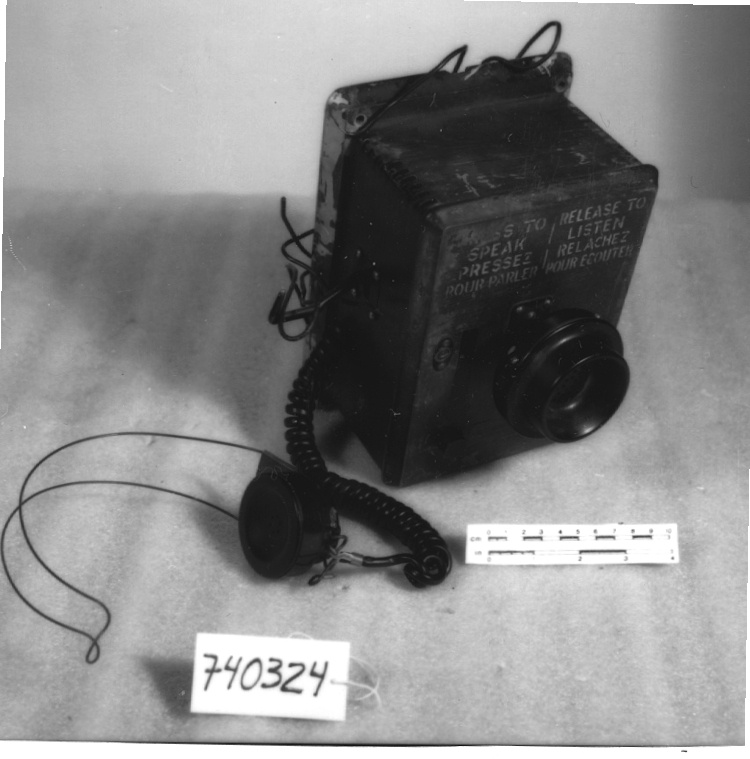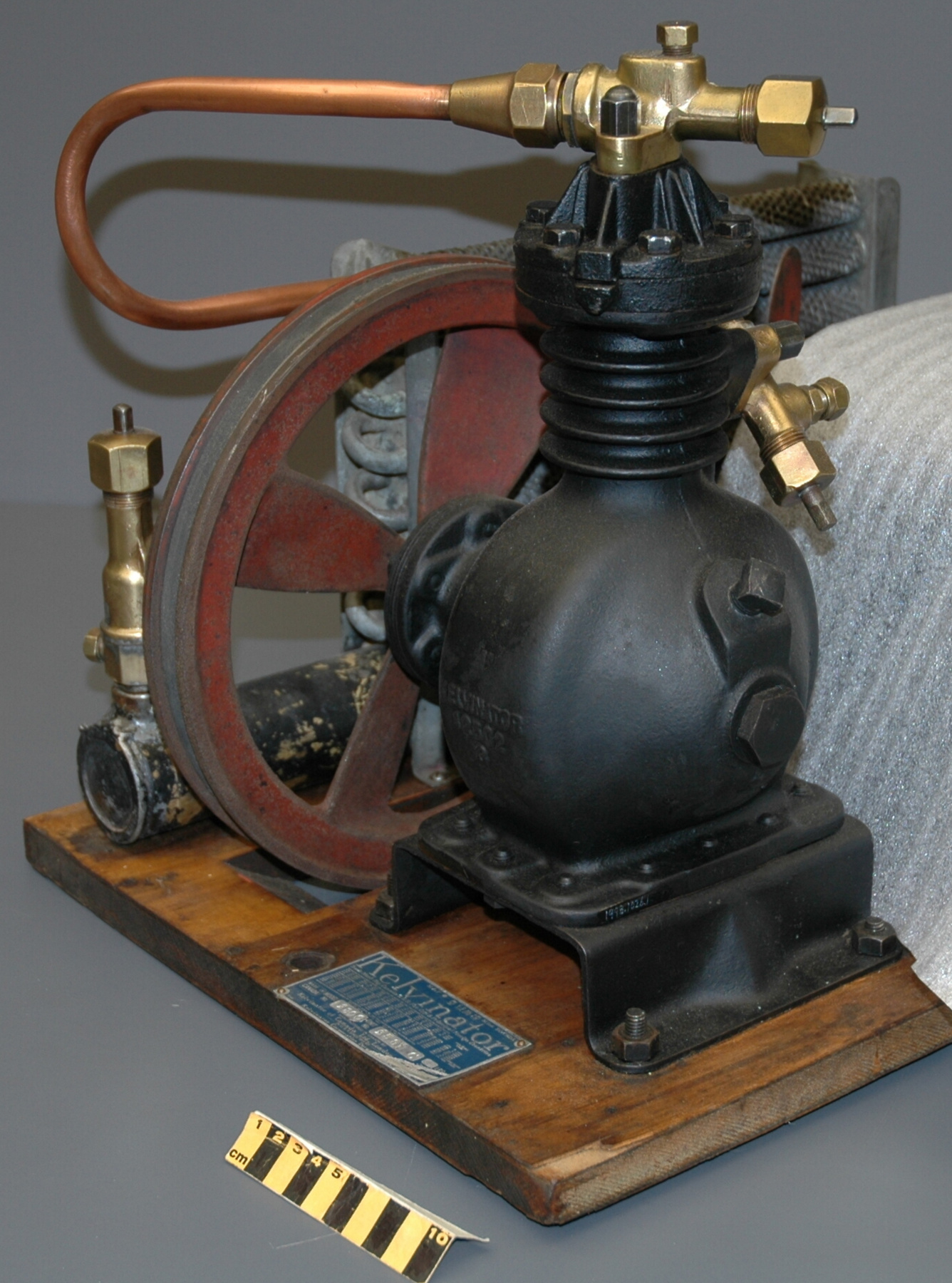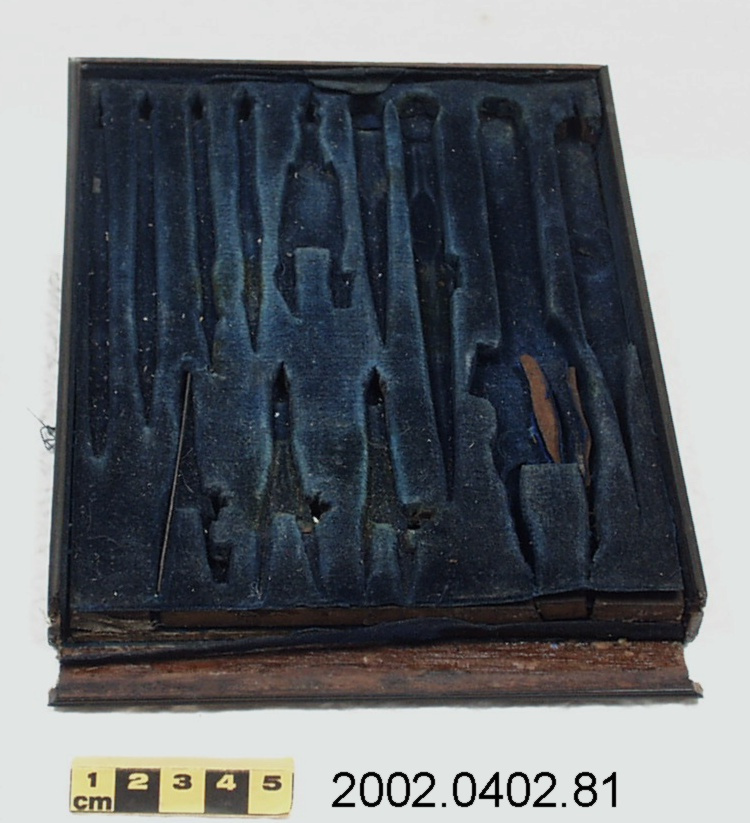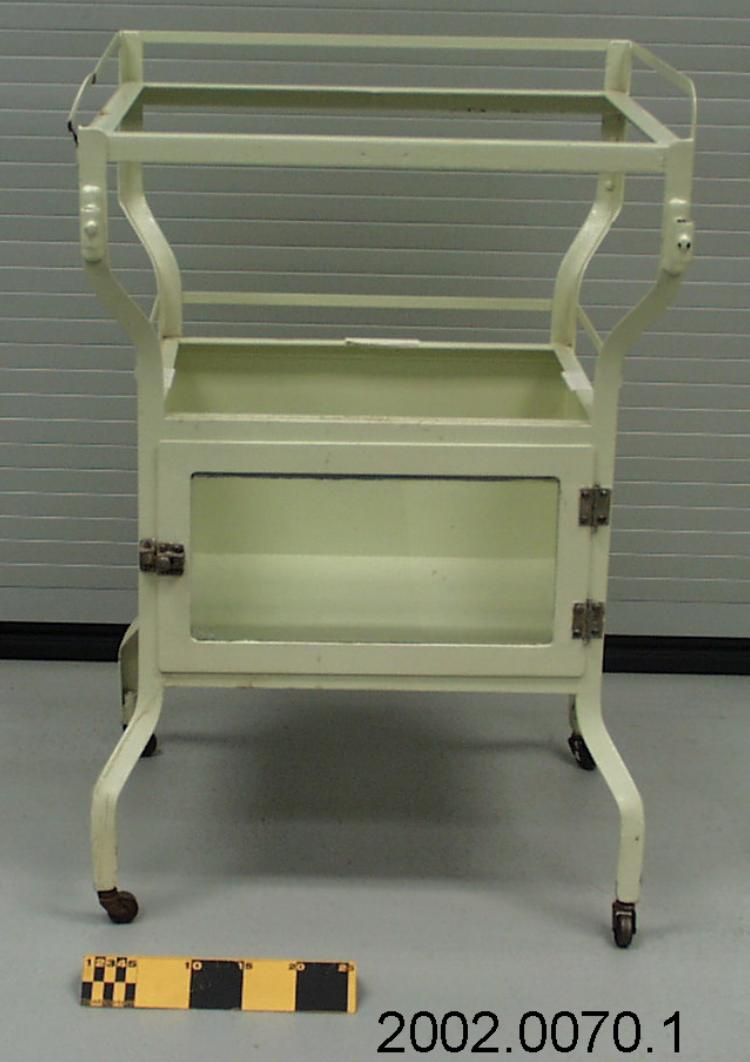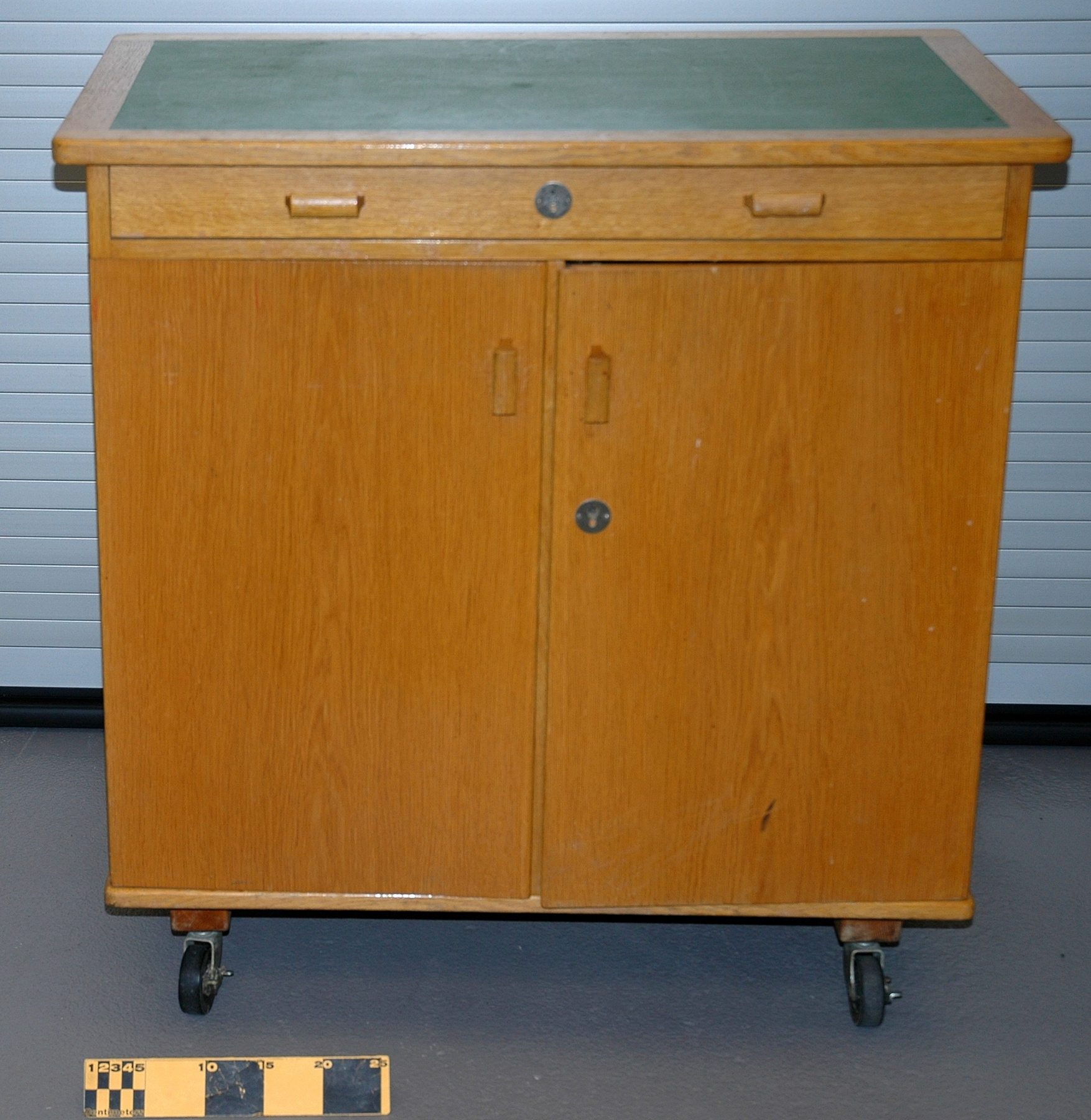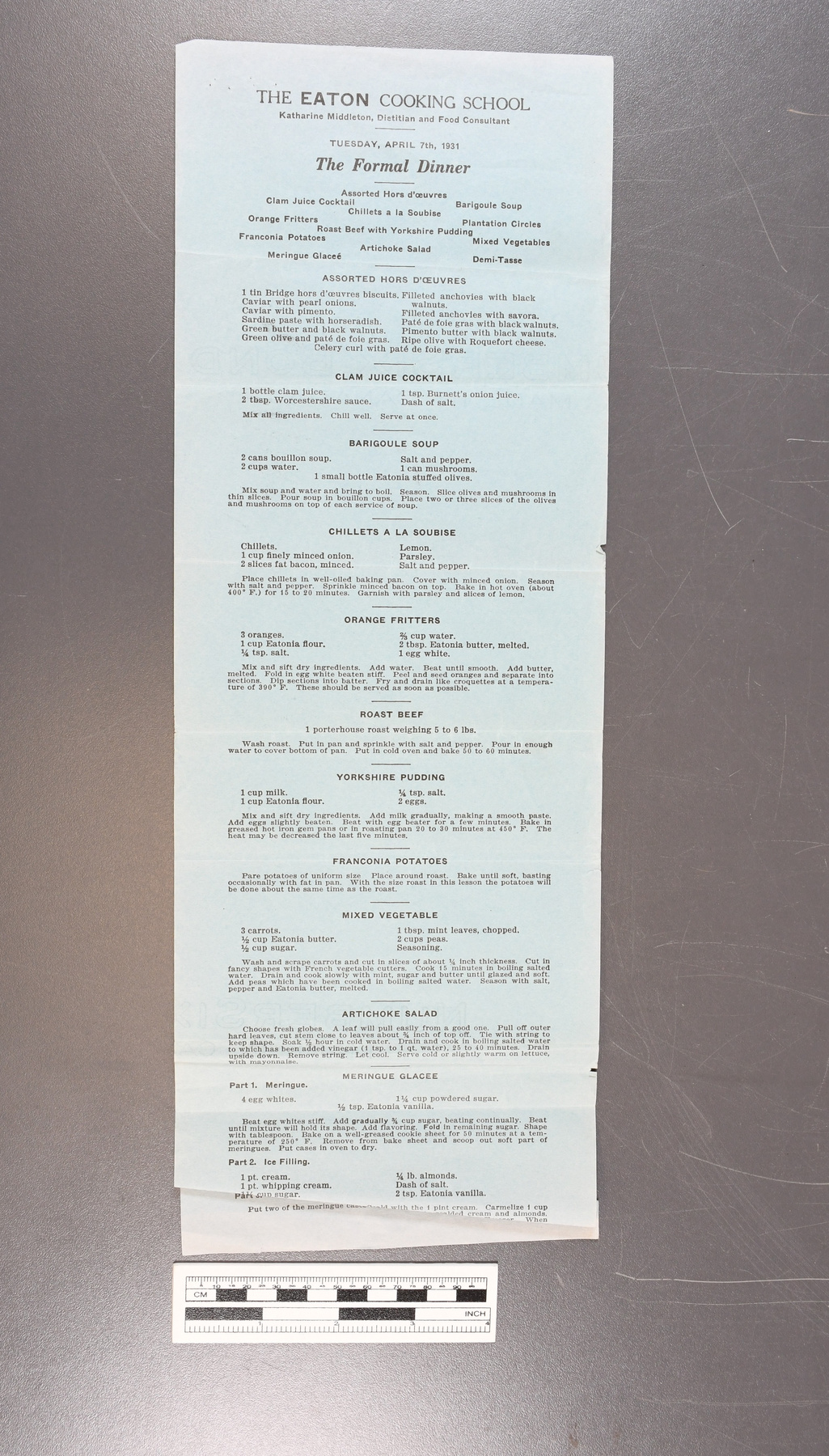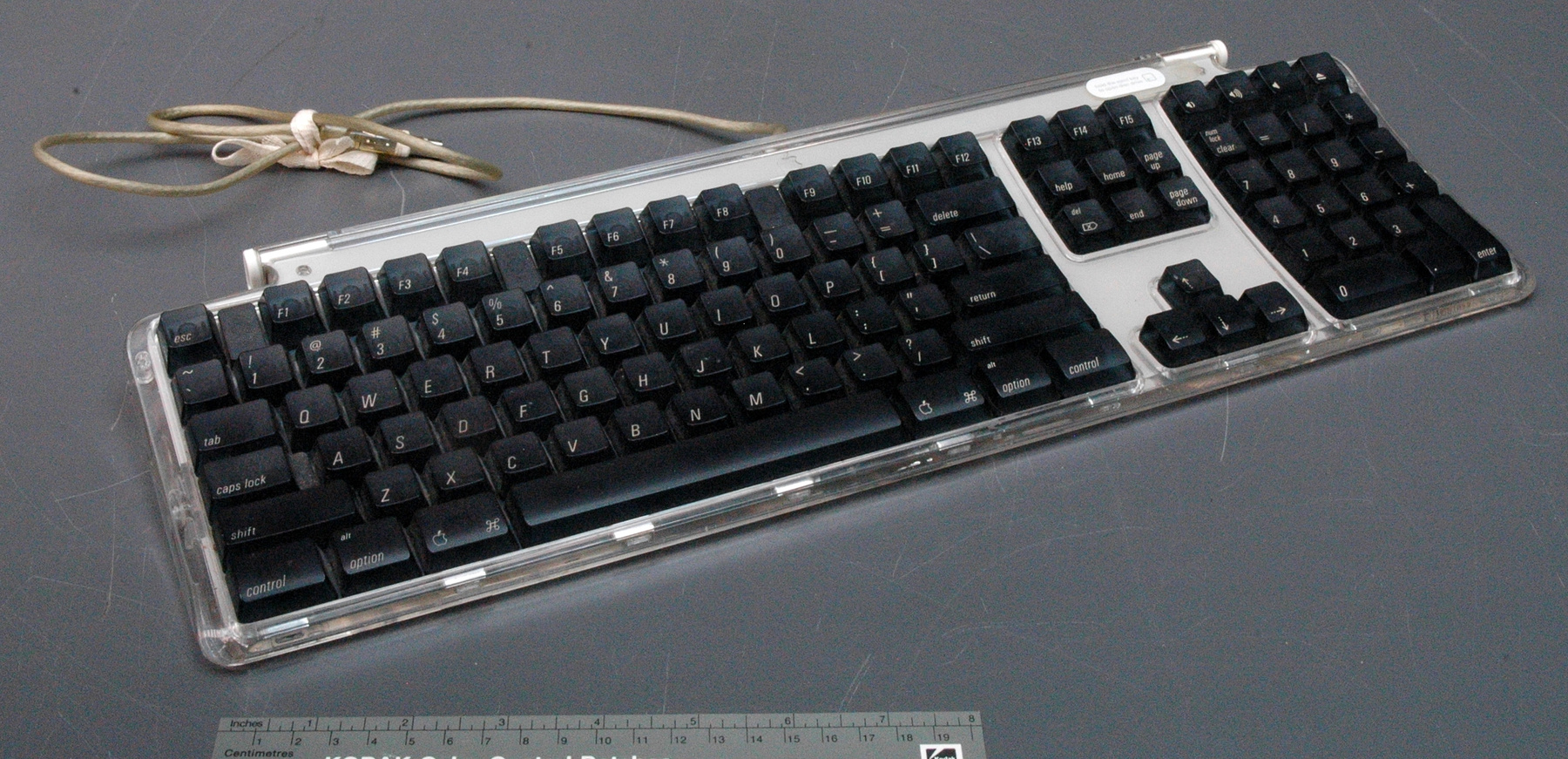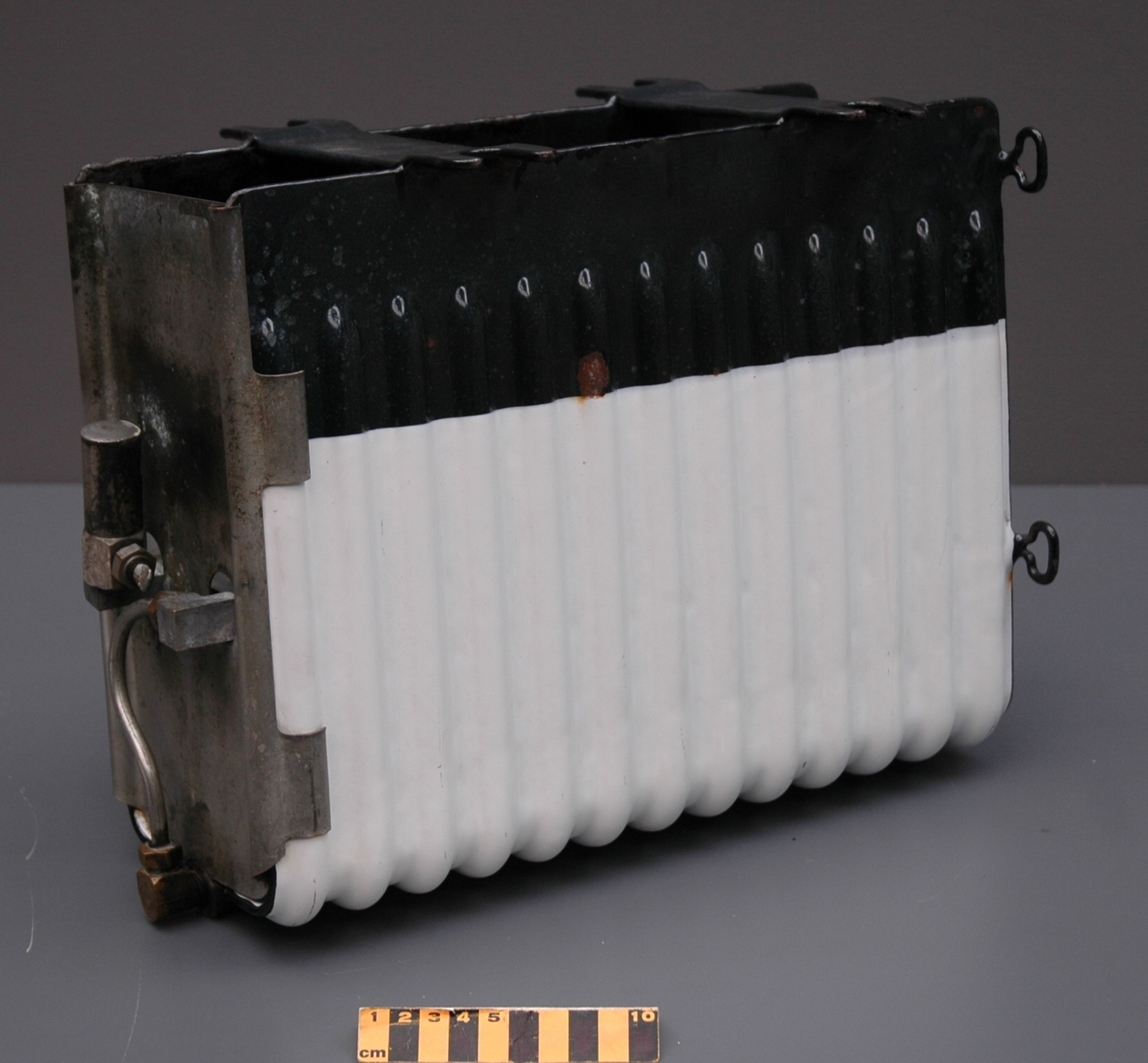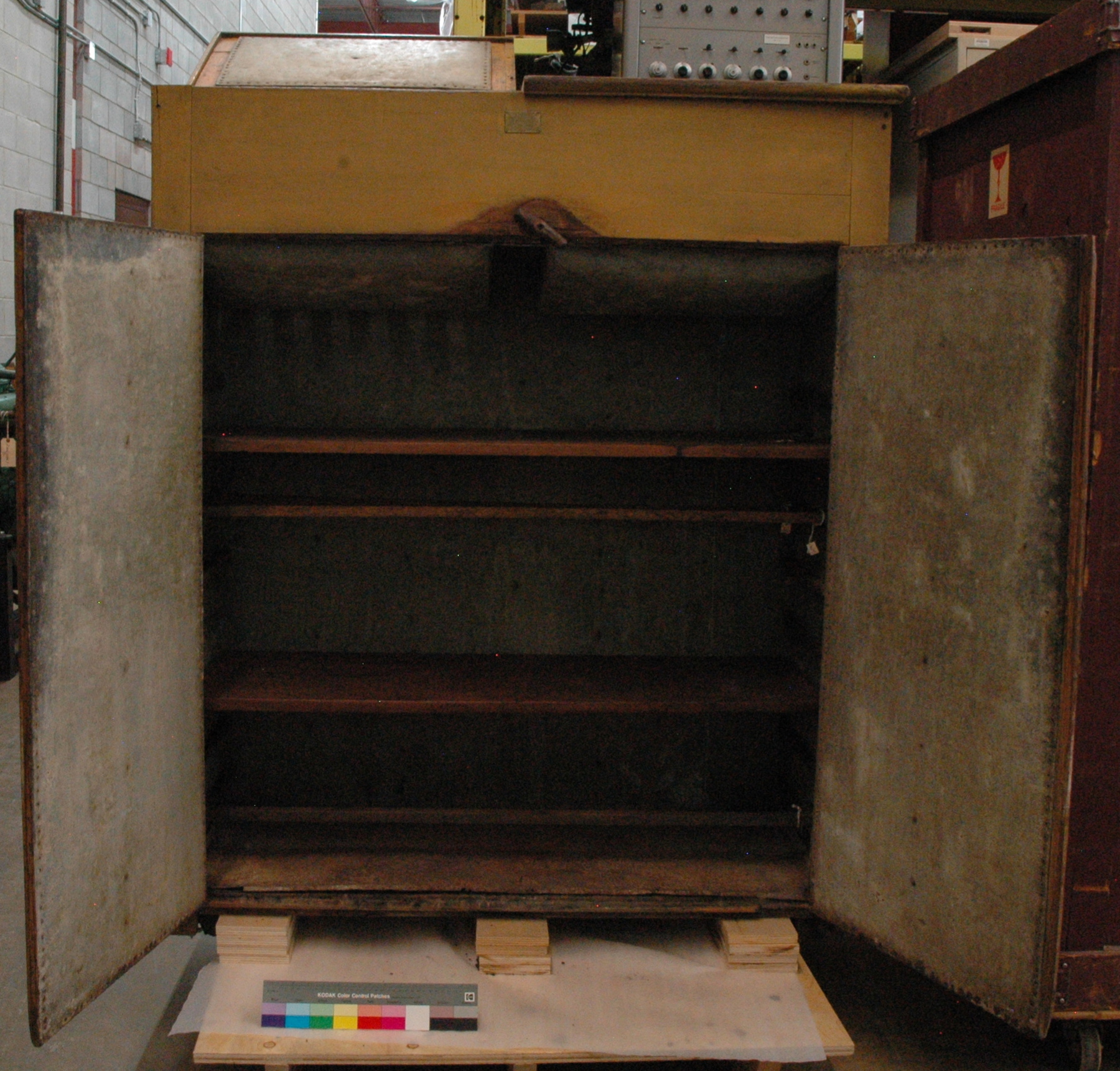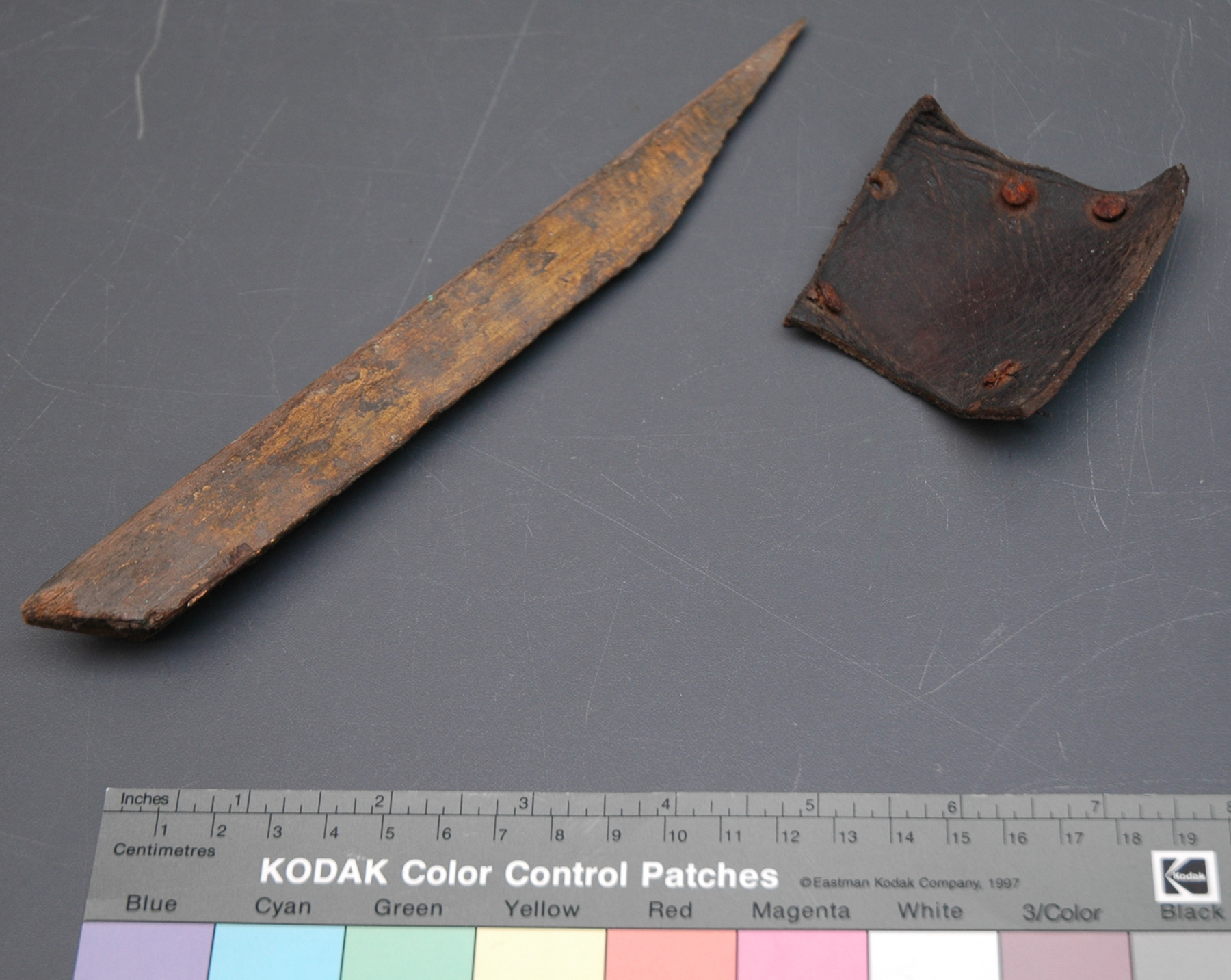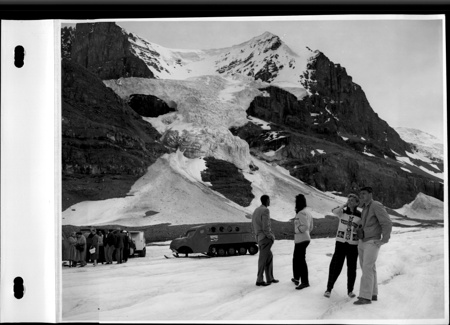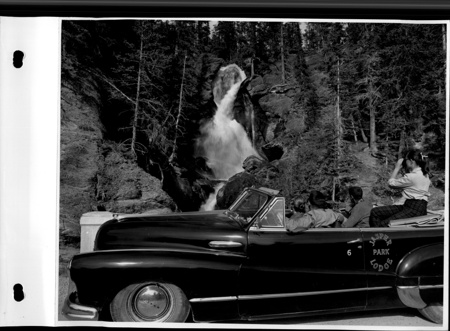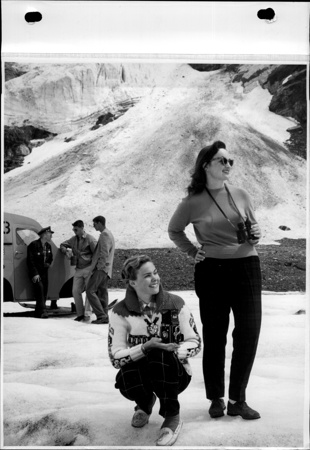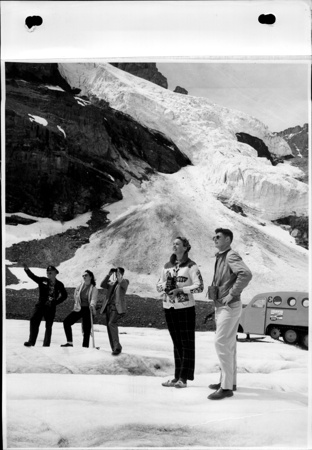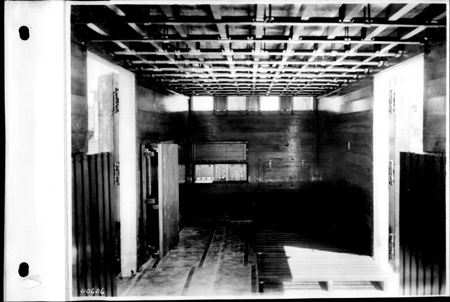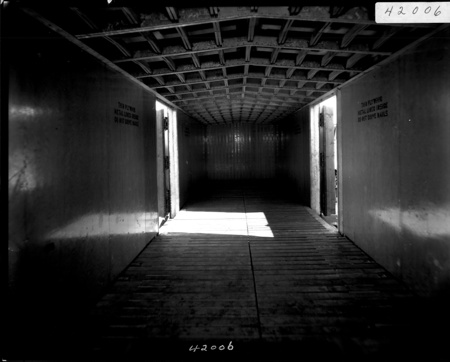Icebox
Use this image
Can I reuse this image without permission? Yes
Object images on the Ingenium Collection’s portal have the following Creative Commons license:
Copyright Ingenium / CC BY-NC-ND (Attribution-NonCommercial 4.0 International (CC BY-NC 4.0)
ATTRIBUTE THIS IMAGE
Ingenium,
2013.0078.001
Permalink:
Ingenium is releasing this image under the Creative Commons licensing framework, and encourages downloading and reuse for non-commercial purposes. Please acknowledge Ingenium and cite the artifact number.
DOWNLOAD IMAGEPURCHASE THIS IMAGE
This image is free for non-commercial use.
For commercial use, please consult our Reproduction Fees and contact us to purchase the image.
- OBJECT TYPE
- non-mechanical/cabinet
- DATE
- 1861
- ARTIFACT NUMBER
- 2013.0078.001
- MANUFACTURER
- McKelvey, J.
- MODEL
- Prince of Wales Cupboard Refrigerator
- LOCATION
- St. Catharines, Ontario, Canada
More Information
General Information
- Serial #
- N/A
- Part Number
- 1
- Total Parts
- 6
- AKA
- N/A
- Patents
- N/A
- General Description
- Pine wood cabinet bears original yellow ochre paint finish on exterior; interior lined with galvanized tin; wooden strips secured to interior walls with metal nails; fitted with two metal [sheet zinc] basins to hold ice; brass mfr's plate and door closure backplate; metal hinges, pull ring, nails and other fittings; leather pads border interior air/drainage holes in cabinet base.
Dimensions
Note: These reflect the general size for storage and are not necessarily representative of the object's true dimensions.
- Length
- 131.0 cm
- Width
- 54.0 cm
- Height
- 157.5 cm
- Thickness
- N/A
- Weight
- N/A
- Diameter
- N/A
- Volume
- N/A
Lexicon
- Group
- Domestic Technology
- Category
- Food processing
- Sub-Category
- N/A
Manufacturer
- AKA
- McKelvey
- Country
- Canada
- State/Province
- Ontario
- City
- St. Catharines
Context
- Country
- Canada
- State/Province
- Ontario
- Period
- This icebox presumably used c. 1861+ This type of icebox typically used until c. 1950s.
- Canada
-
In the past, ice cut from frozen bodies of water in January and February was used to keep food fresh during the summer months. The ice was cut into blocks using a long saw, and then lifted out using ice tongs. The ice blocks would then be taken to a storage space. When summer came, in urban areas, ice sellers would distribute smaller blocks for use in home ice boxes. This activity lasted until around 1950, when residents of most Canadian cities had switched to mechanical refrigerators. Autrefois, la glace récoltée des cours d’eau en janvier et février servait à conserver la nourriture pendant la saison estivale. Elle était taillée en blocs à l’aide d’une grande scie, puis prélevée au moyen de pinces à glace. Ces blocs de glace étaient ensuite transportés dans un lieu d’entreposage. L’été venu, en milieu urbain, les marchands de glace distribuaient des blocs plus petits pour alimenter les glacières domestiques. Cette activité a perduré jusque vers 1950, à l’adoption du réfrigérateur mécanique dans la majorité des villes canadiennes. [Ref. 1] - Function
-
To keep cool foodstuffs, beverages, etc. in order to prevent spoilage, prolong freshness, and enhance taste. - Technical
-
Les glacières sous forme de meuble dans la cuisine sont apparues vers 1850-1860 et sont demeurées dans les cuisines canadiennes jusqu’à l’adoption du réfrigérateur électrique qui a eu lieu surtout après la Deuxième Guerre mondiale. Celle-ci a été brevetée en 1861. Elle ressemble à une armoire typique du 19e siècle mais dont l’intérieur a été modifié pour conserver les aliments grâce à des blocs de glace déposés dans le compartiment du haut. L’intérieur des glacières était en zinc ou en tôle et selon les manufacturiers et modèles, était isolé avec du liège ou autre matériau tel de la paille, A l’époque les glacières portaient le nom de Refrigerator. [Ref. 1] - Area Notes
-
Unknown
Details
- Markings
- Following info. appears on brass plate fixed to upper cabinet front: "J. McKELVEY/ MAKER/ PATENTED/ JUNE 25 1861/ ST. CATHARINES C.W.". Parks Canada catalogue no. "X.80.126.1" printed by hand in black ink in upper left corner of proper right side panel.
- Missing
- Not complete. Most rails and front baseboard [kick plate] missing; hinge styles are not uniform, suggesting replacement; .4- .5 shelves are not original to icebox. Loose piece of leather and wood trim found inside cabinet marked .1 PT
- Finish
- Pine wood cabinet bears original yellow ochre paint finish on exterior; interior lined with galvanized tin; wooden strips secured to interior walls with metal nails; fitted with two metal [sheet zinc] basins to hold ice; brass mfr's plate and door closure backplate; metal hinges, pull ring, nails and other fittings; leather pads border interior air/drainage holes in cabinet base.
- Decoration
- N/A
CITE THIS OBJECT
If you choose to share our information about this collection object, please cite:
McKelvey, J., Icebox, after 1861, Artifact no. 2013.0078, Ingenium – Canada’s Museums of Science and Innovation, http://collections.ingeniumcanada.org/en/item/2013.0078.001/
FEEDBACK
Submit a question or comment about this artifact.
More Like This





